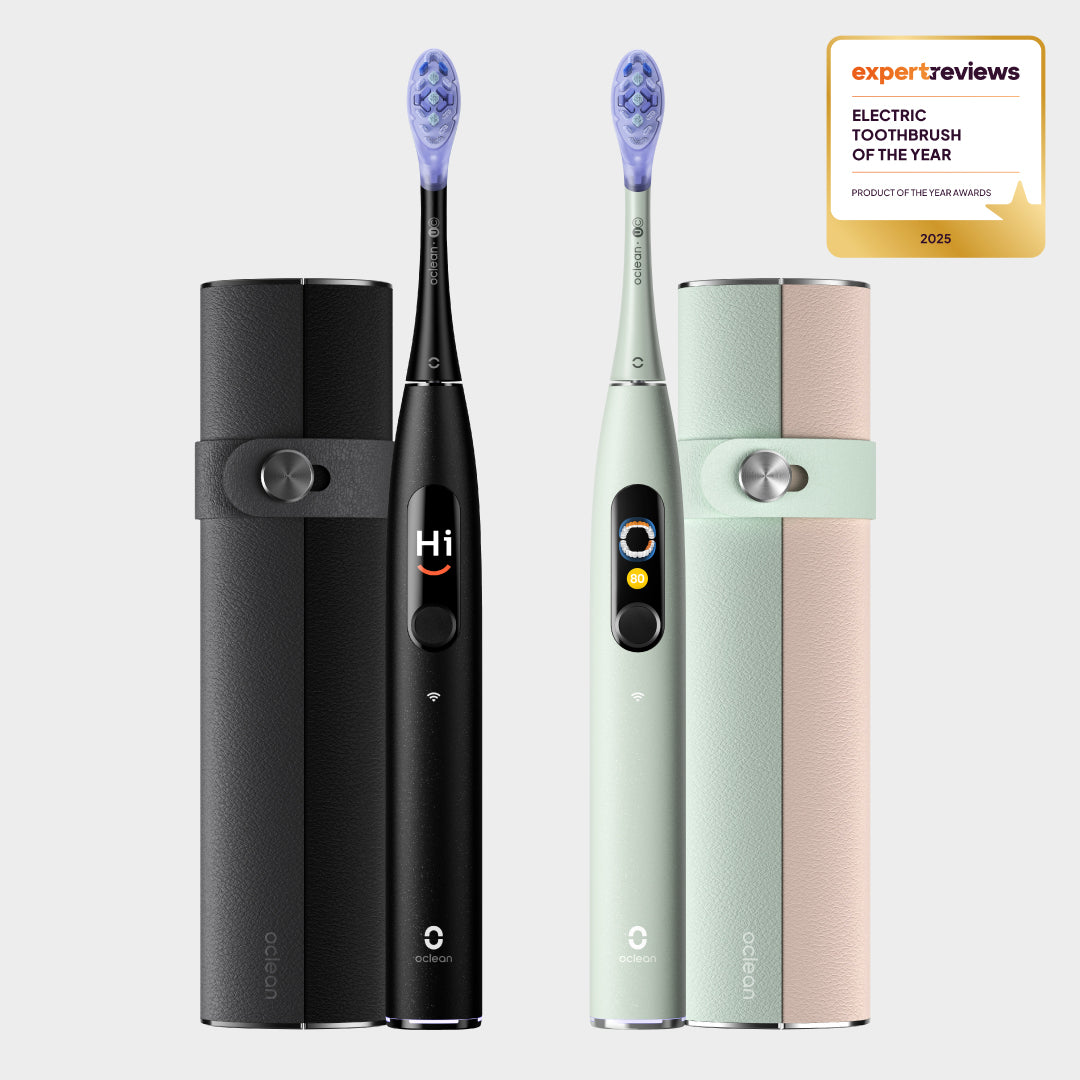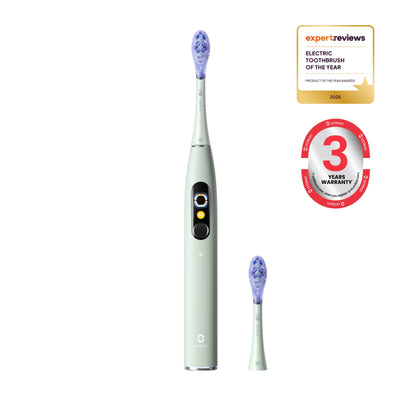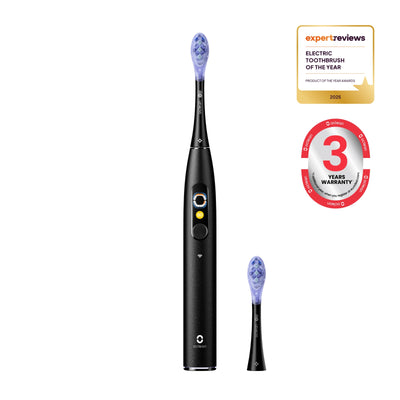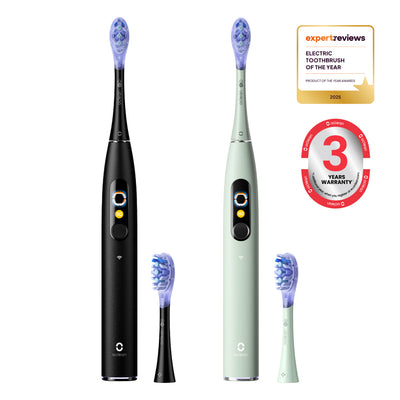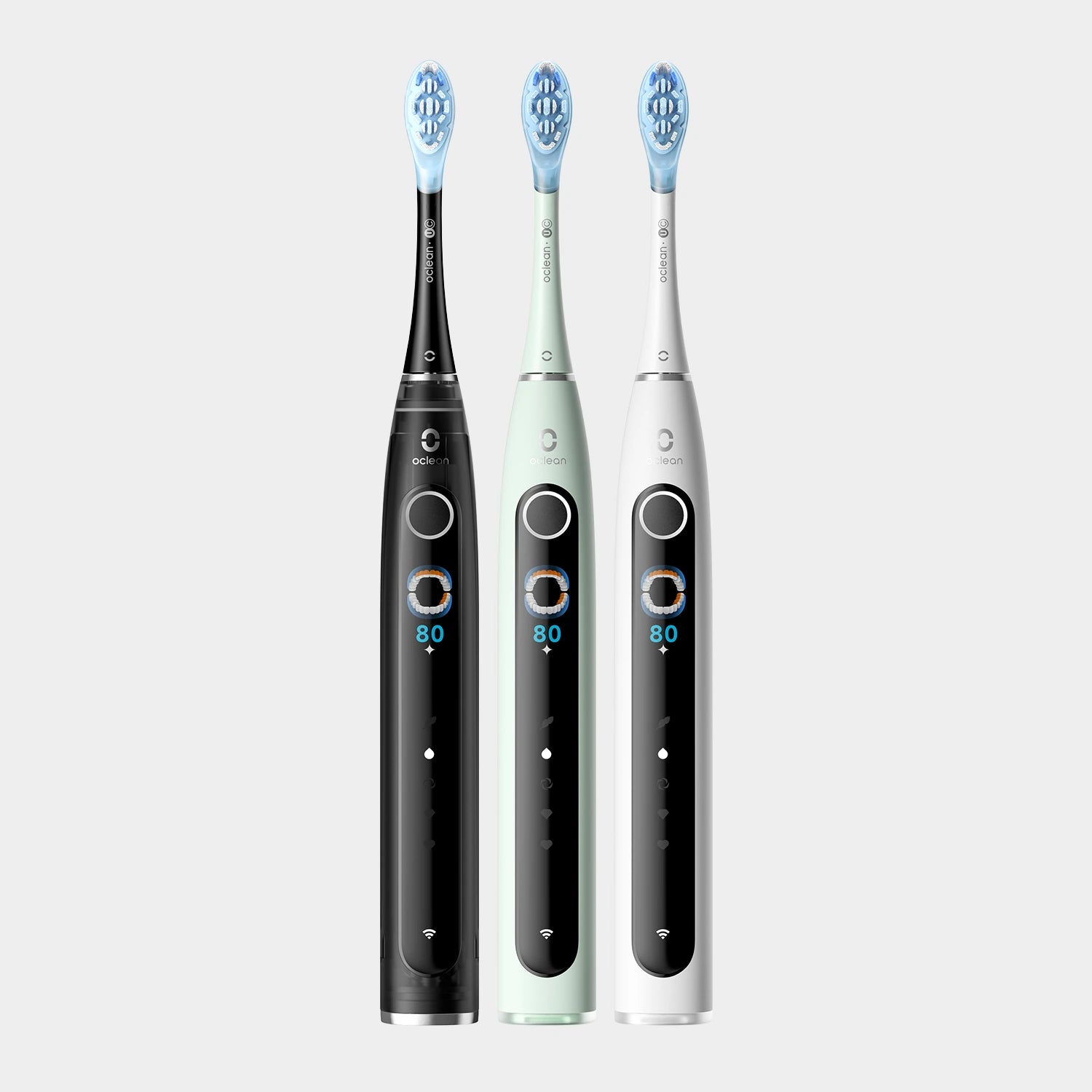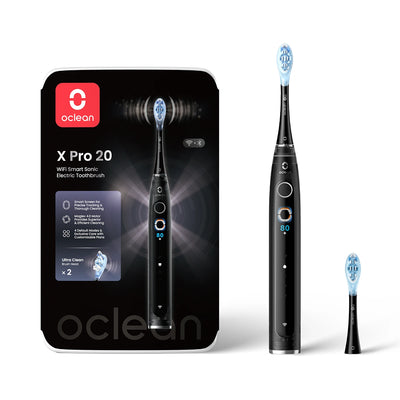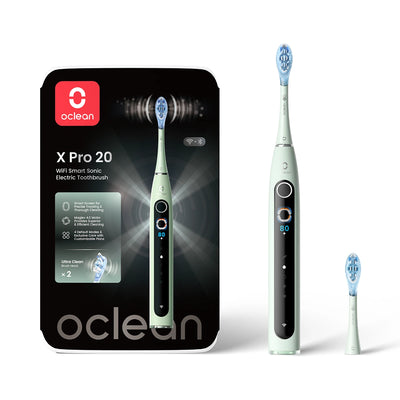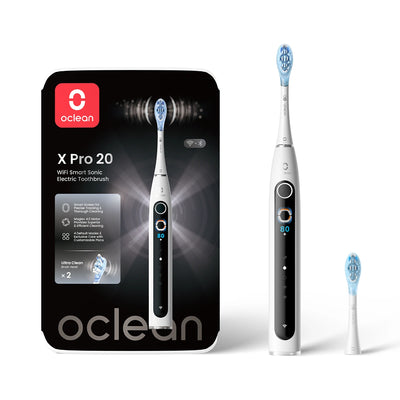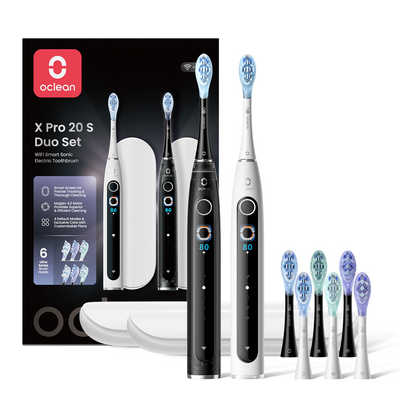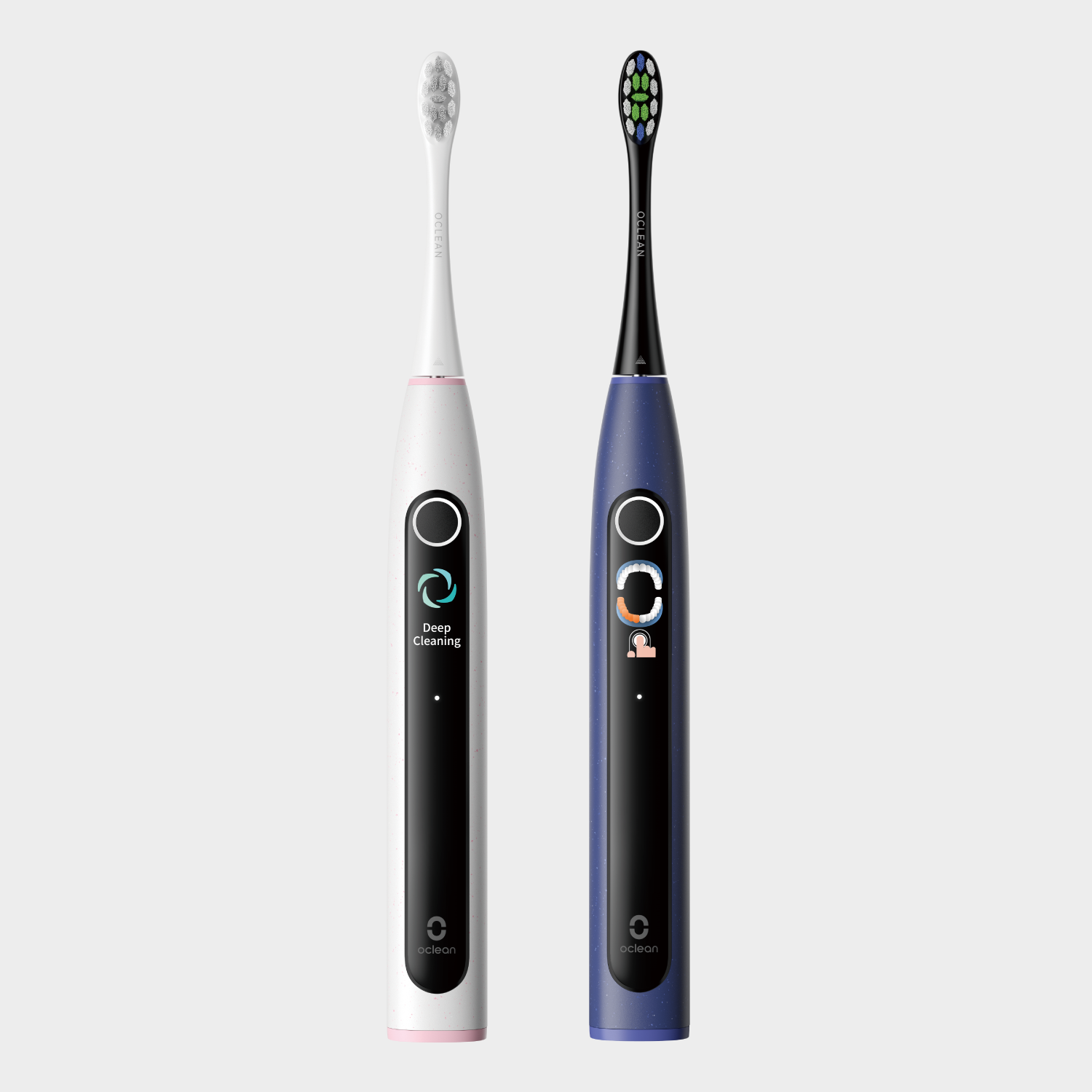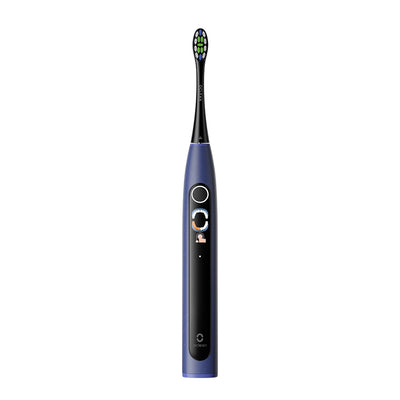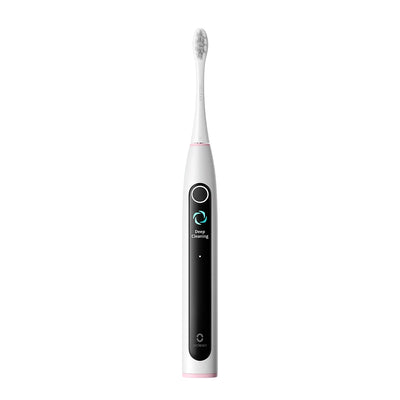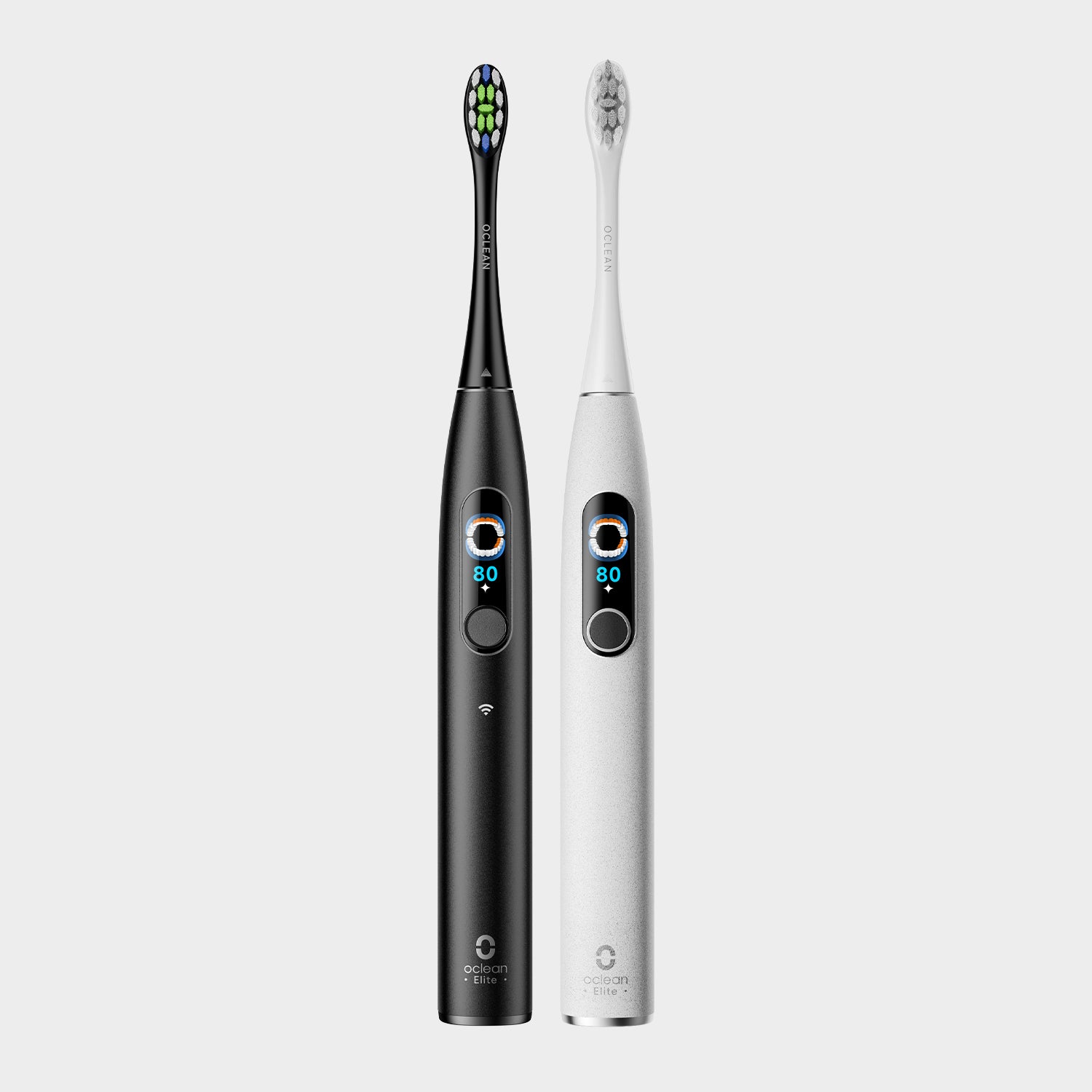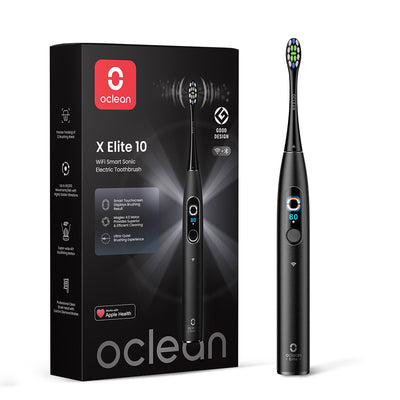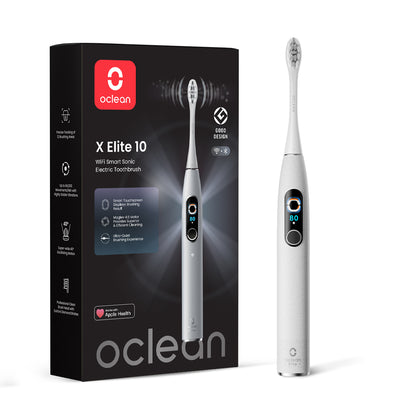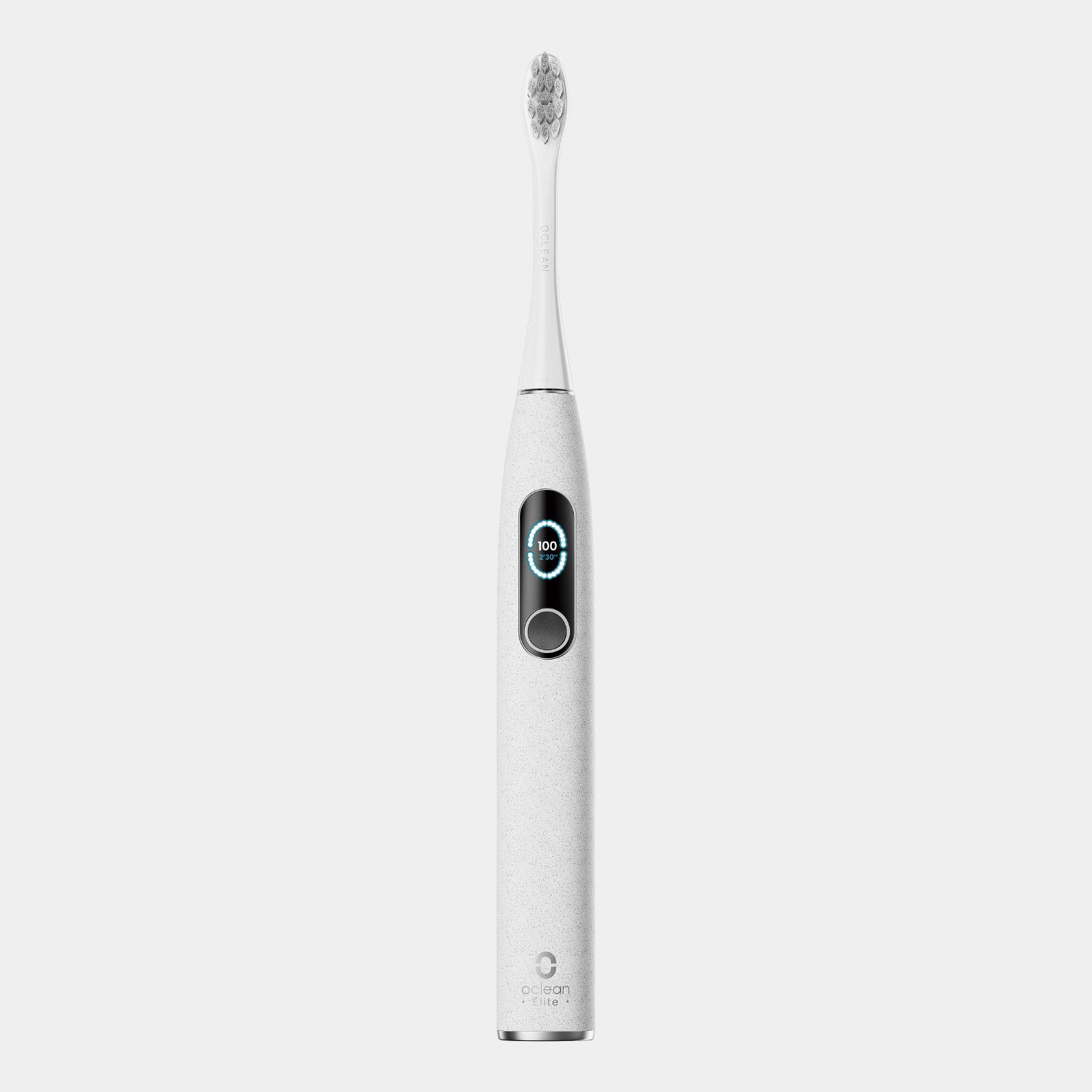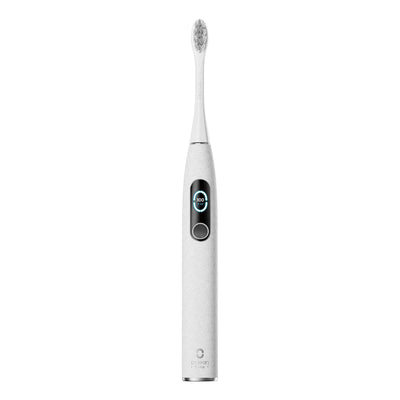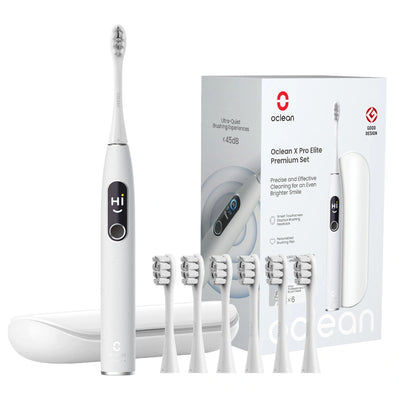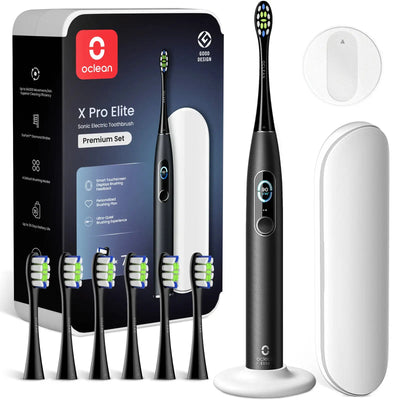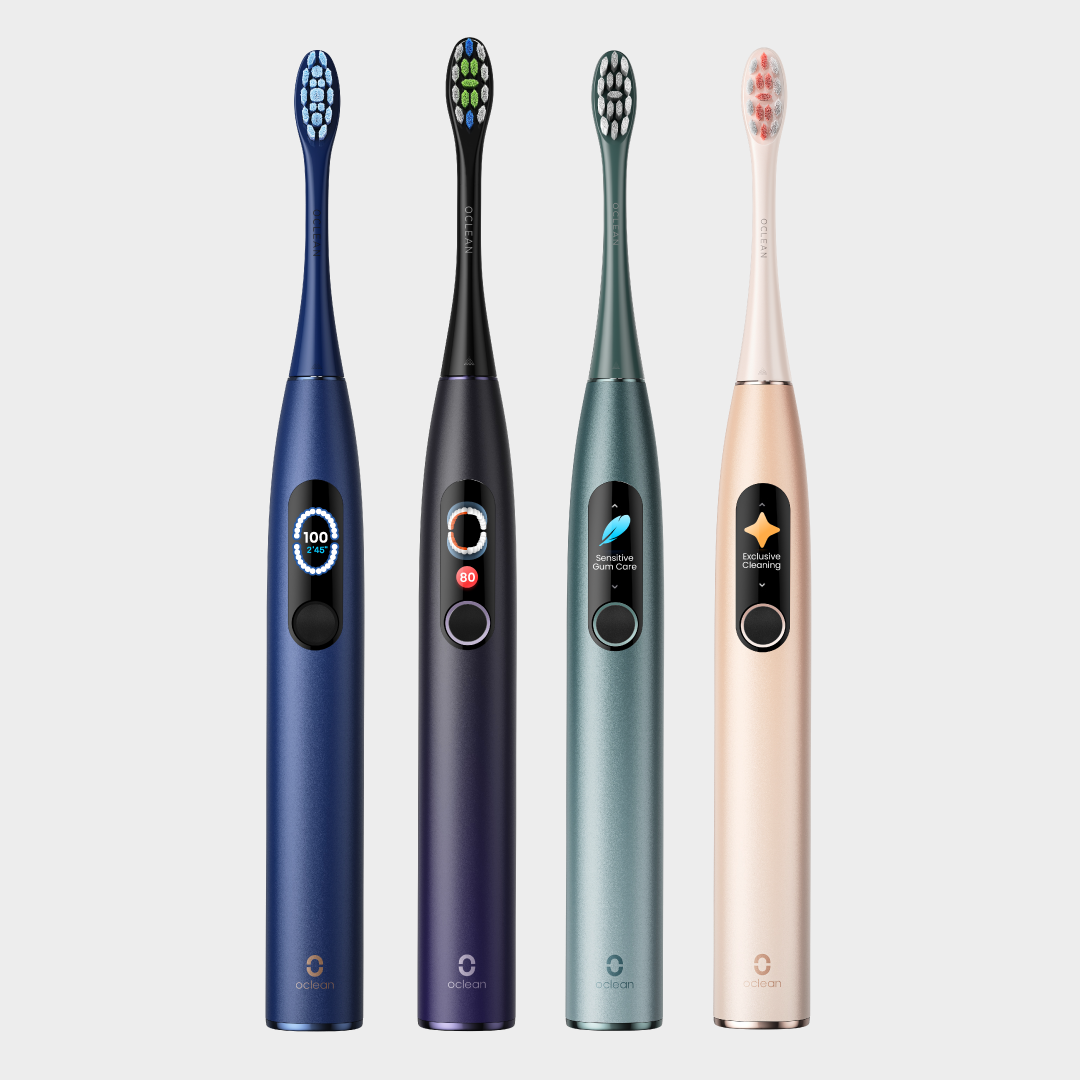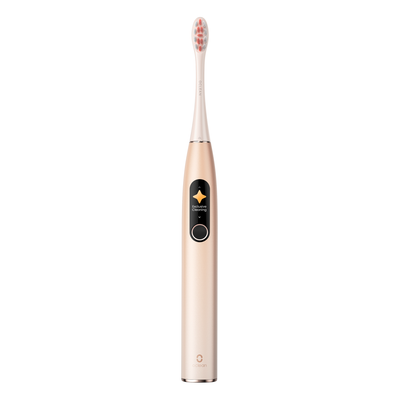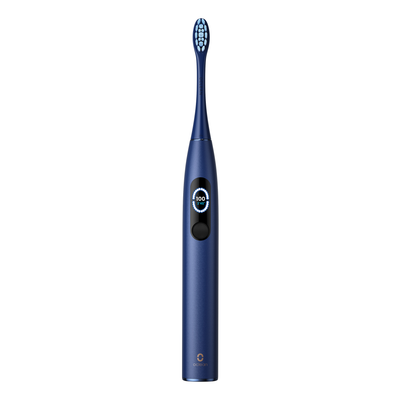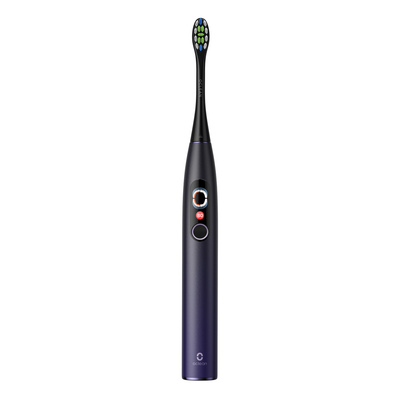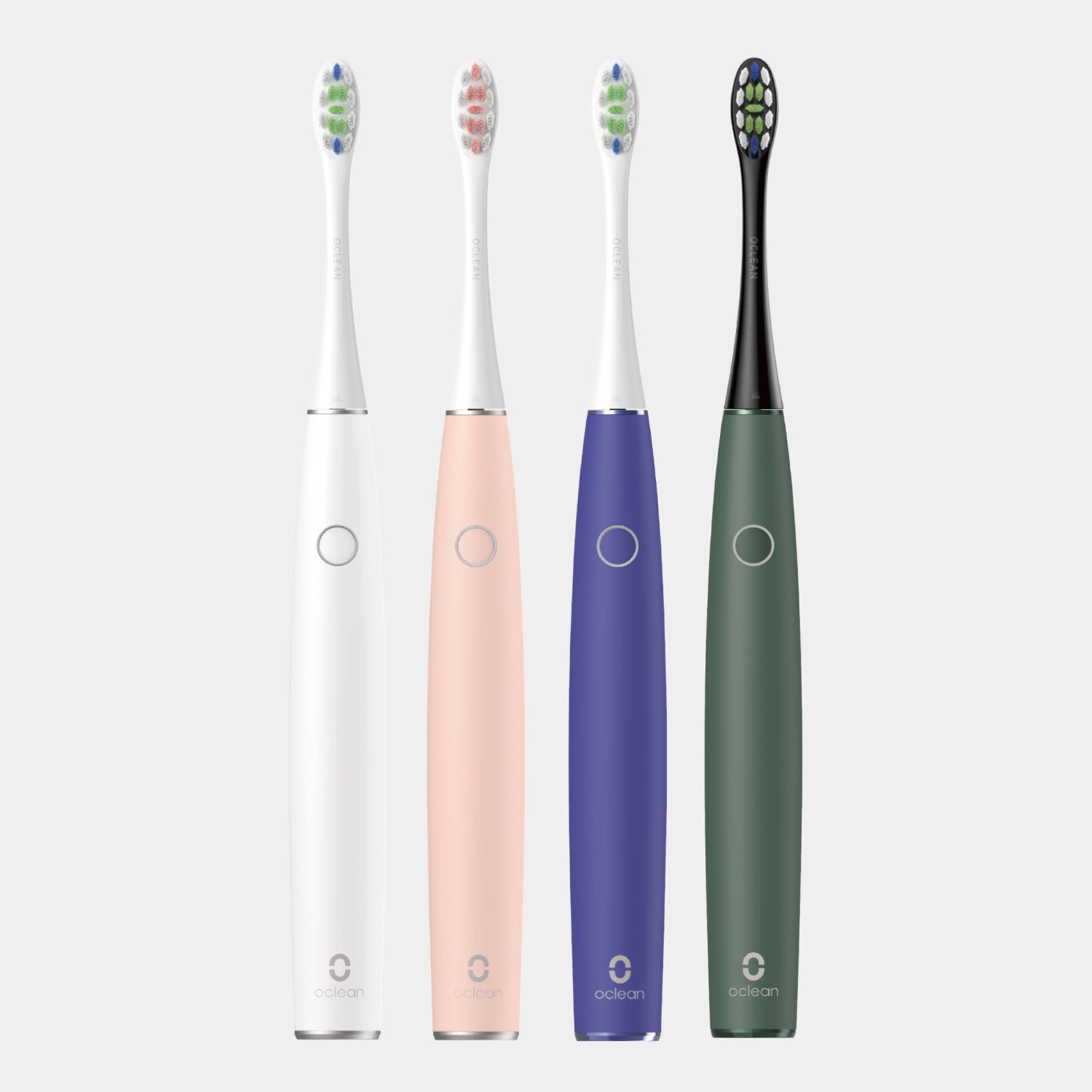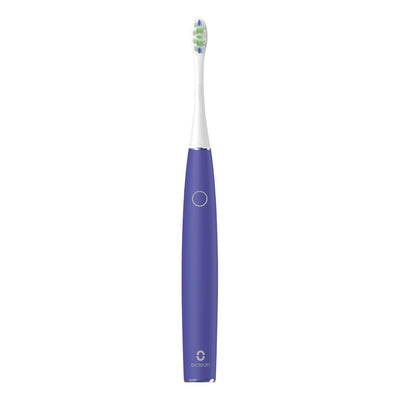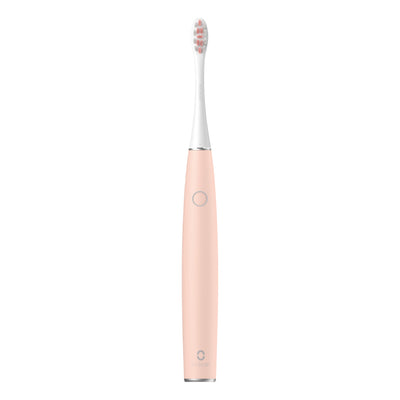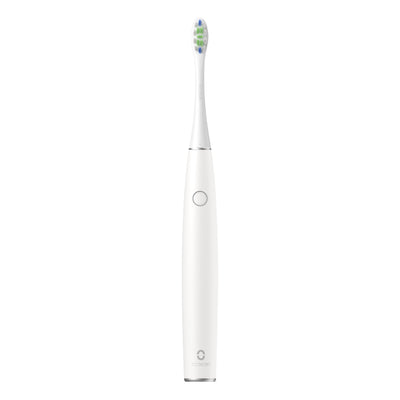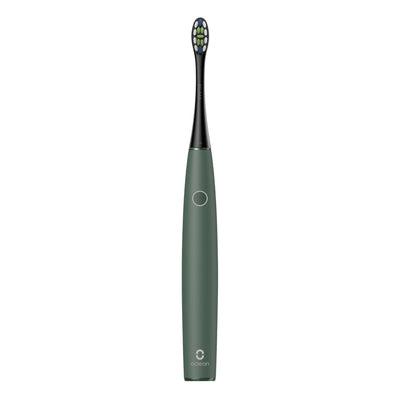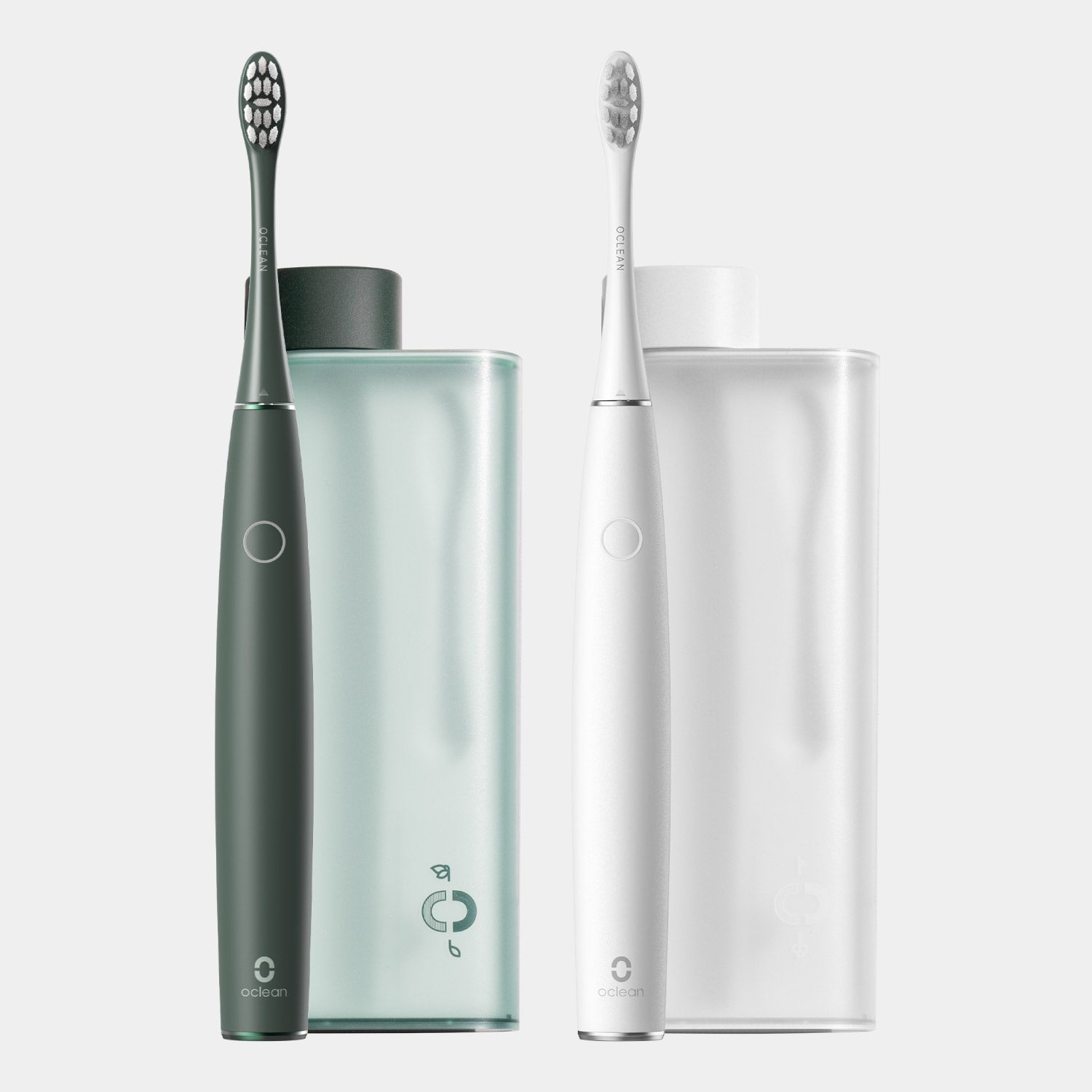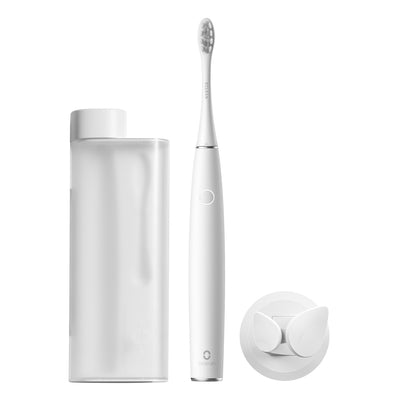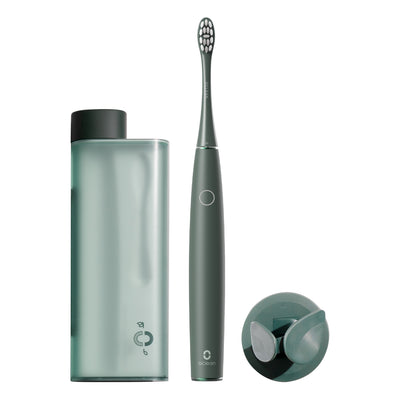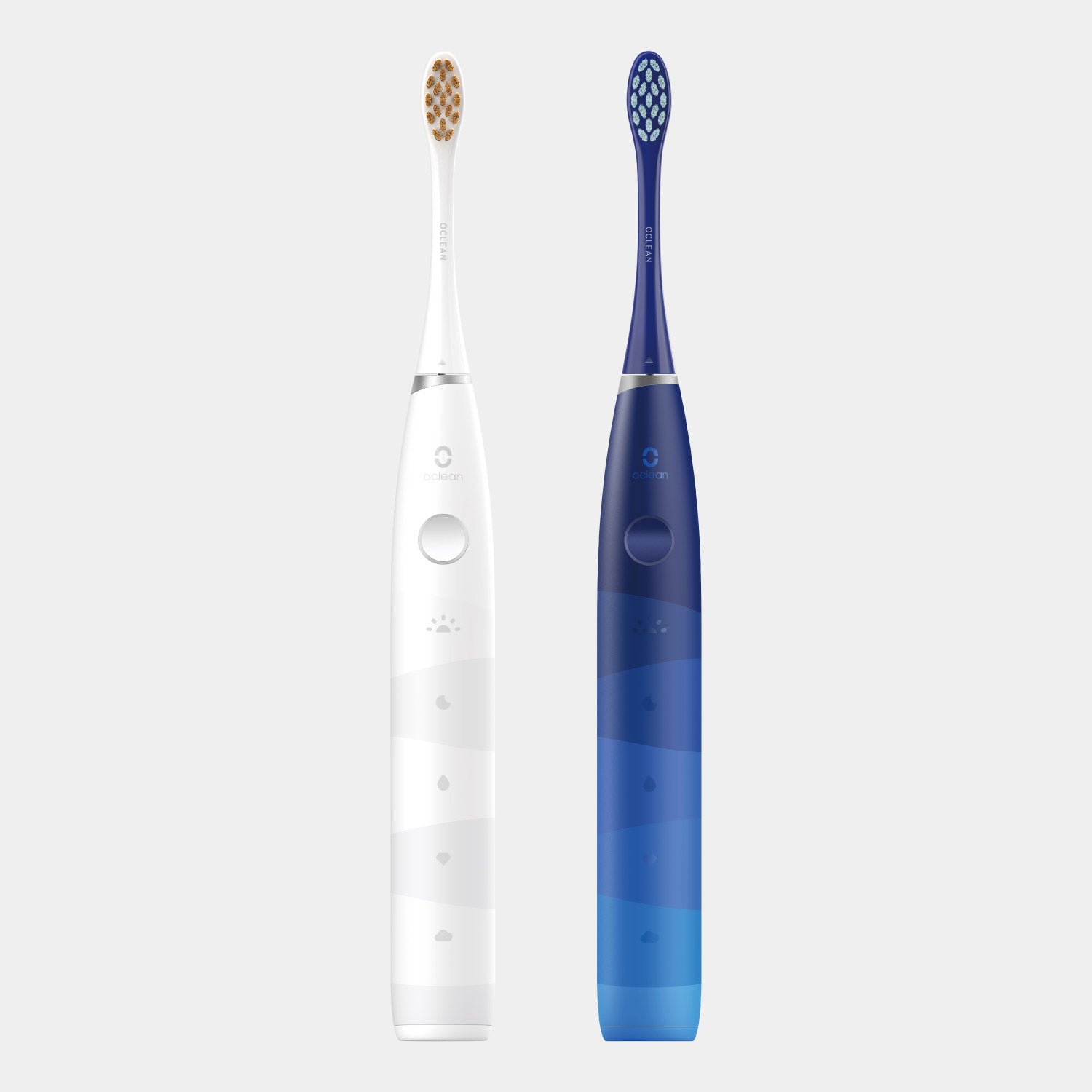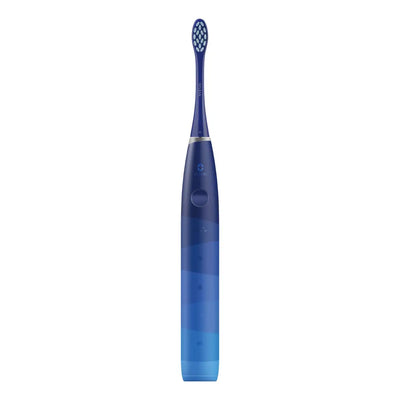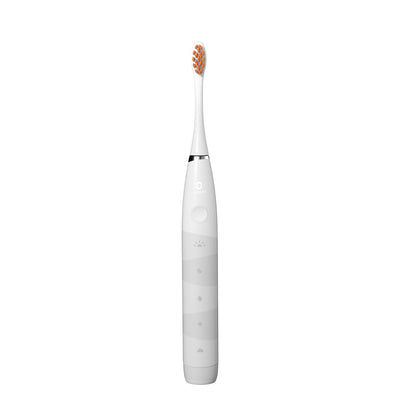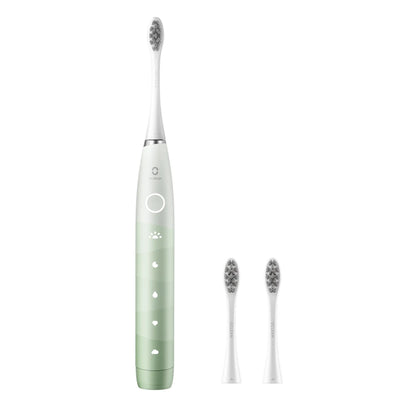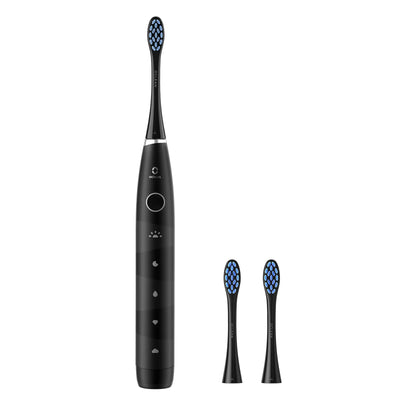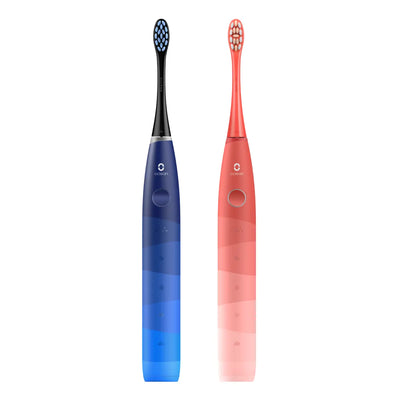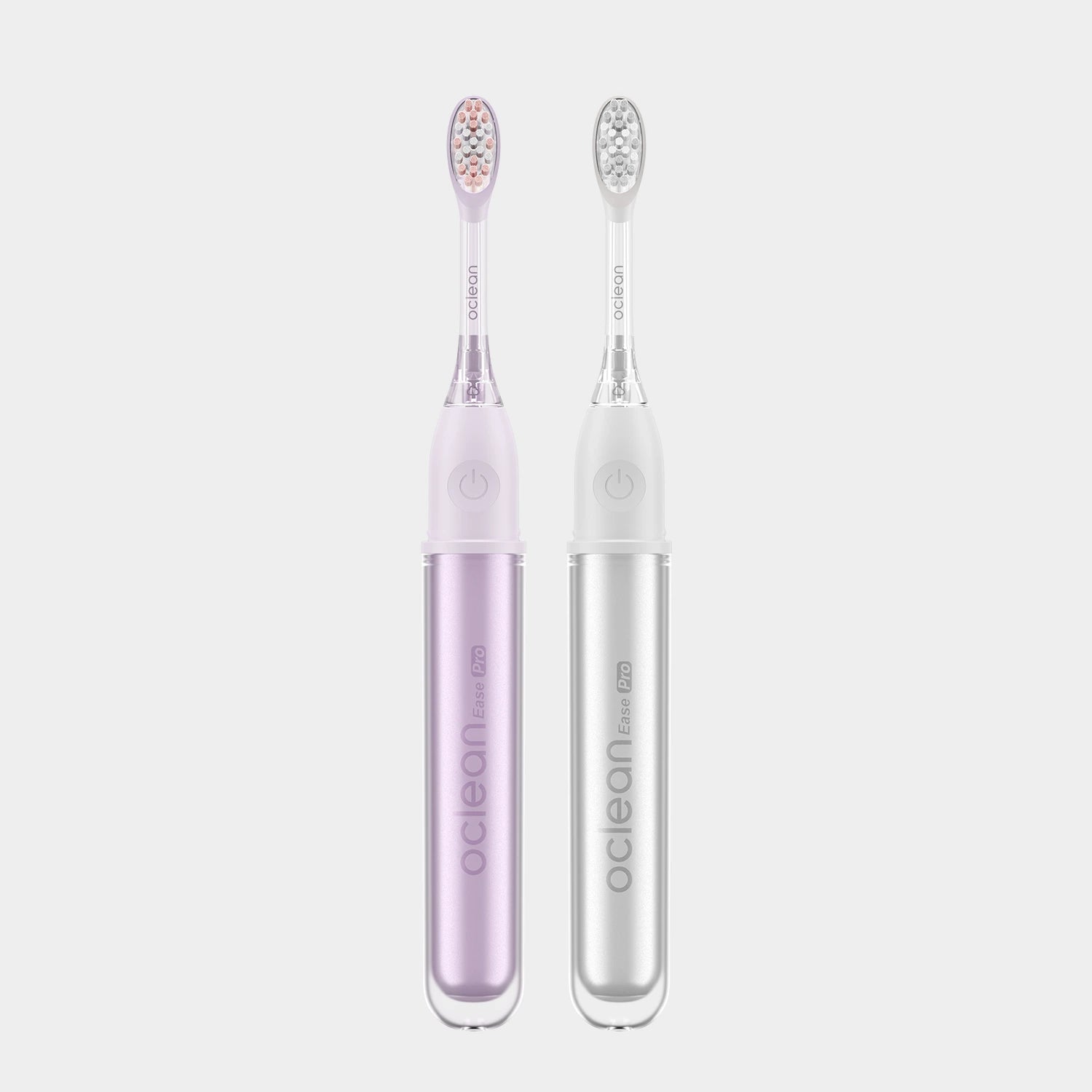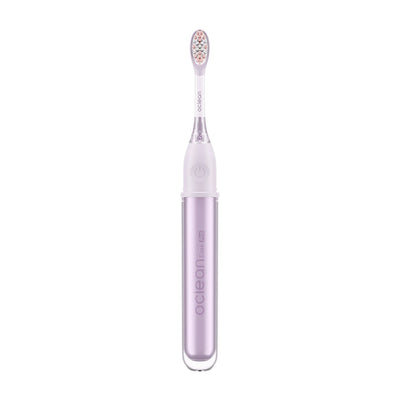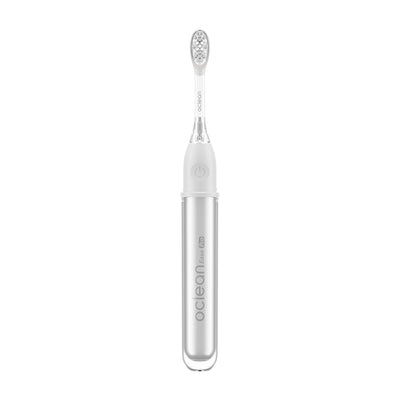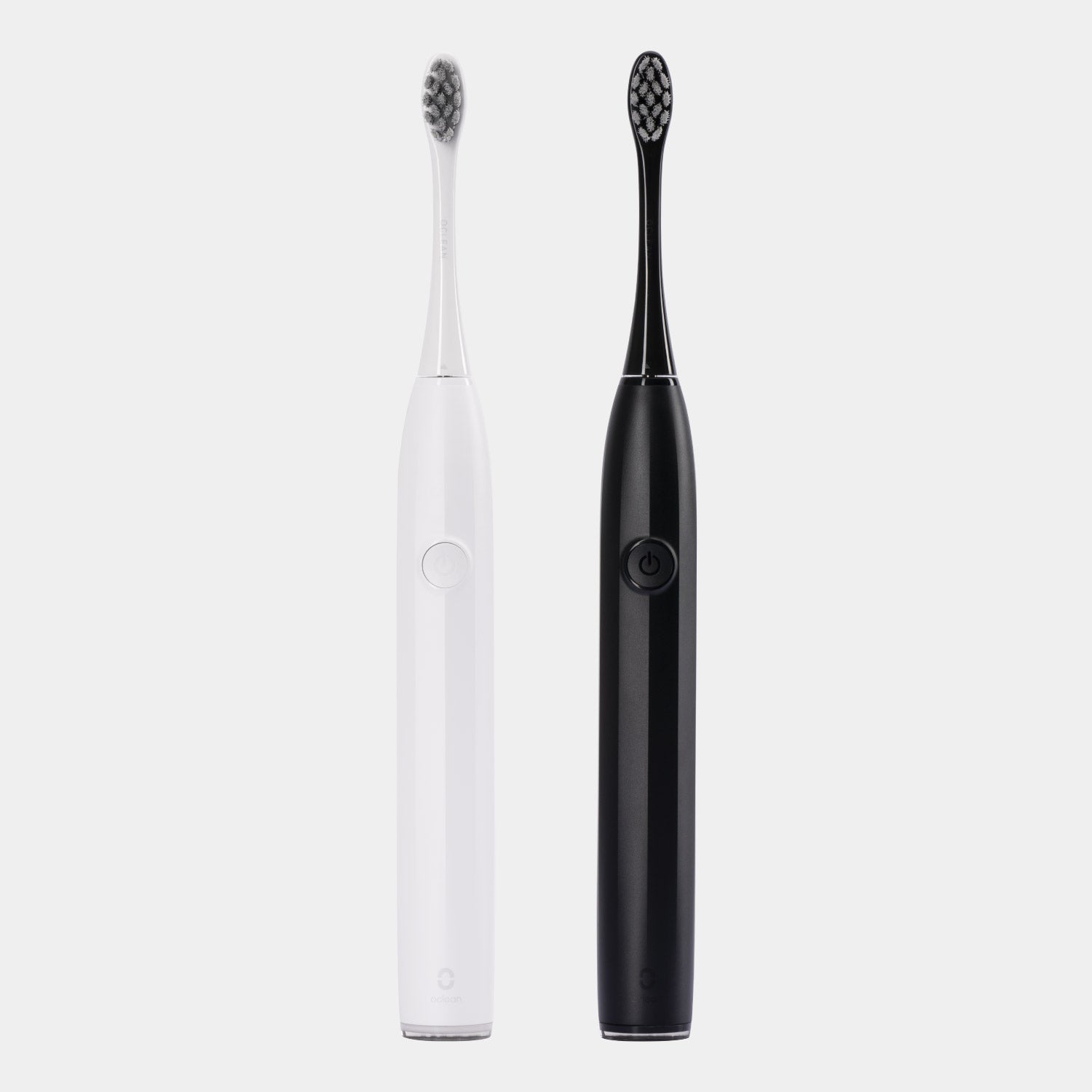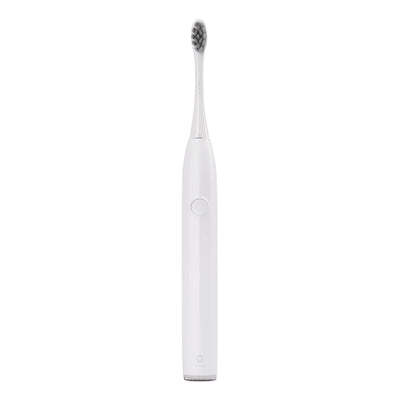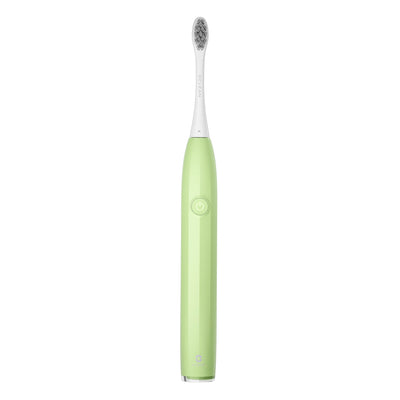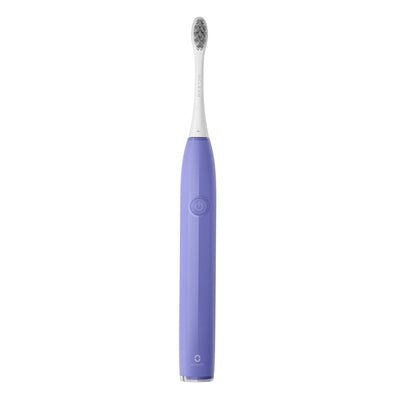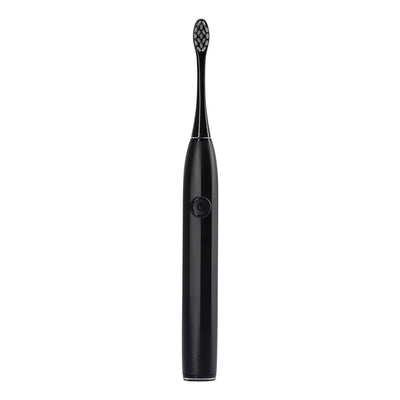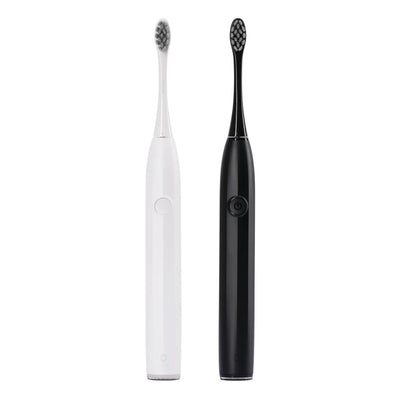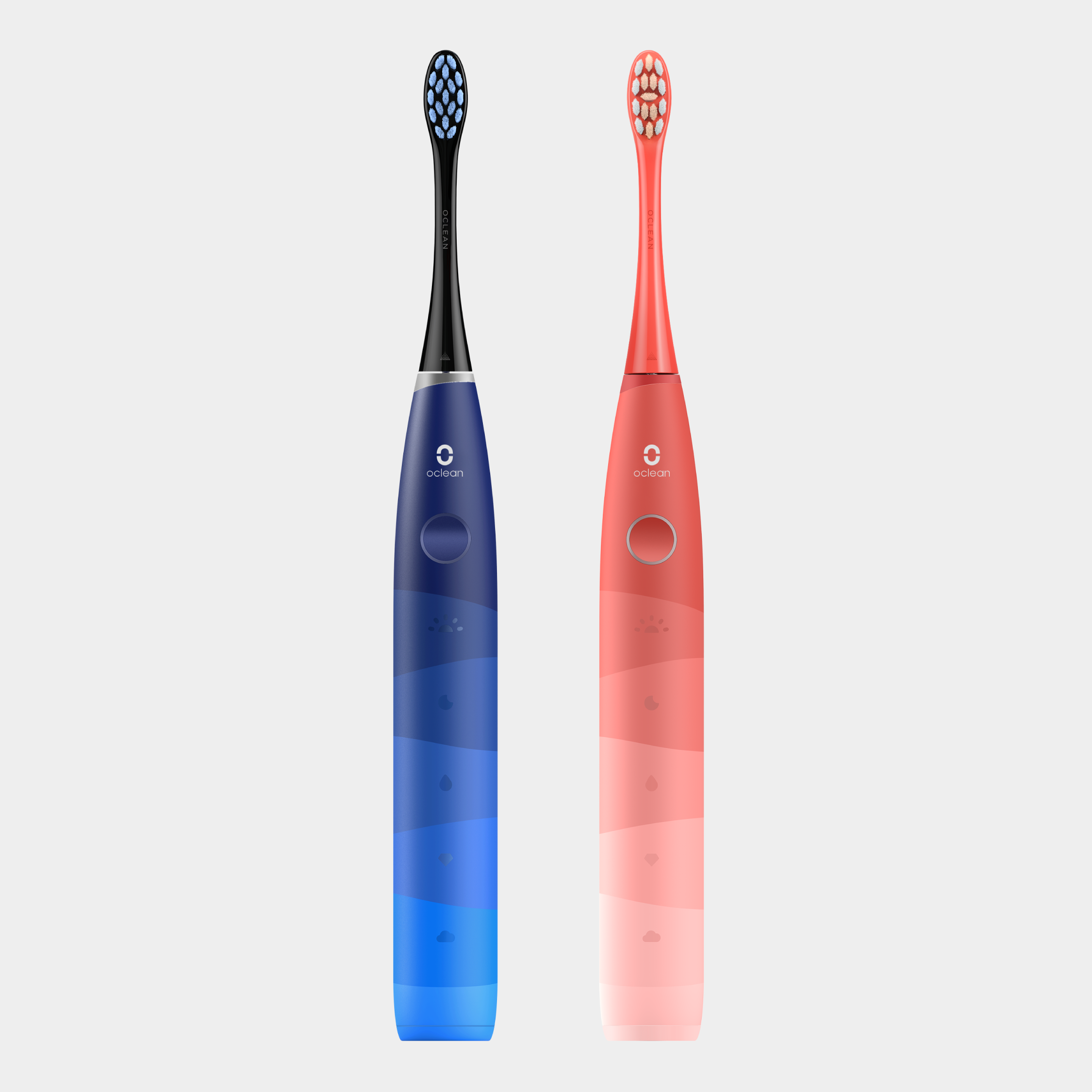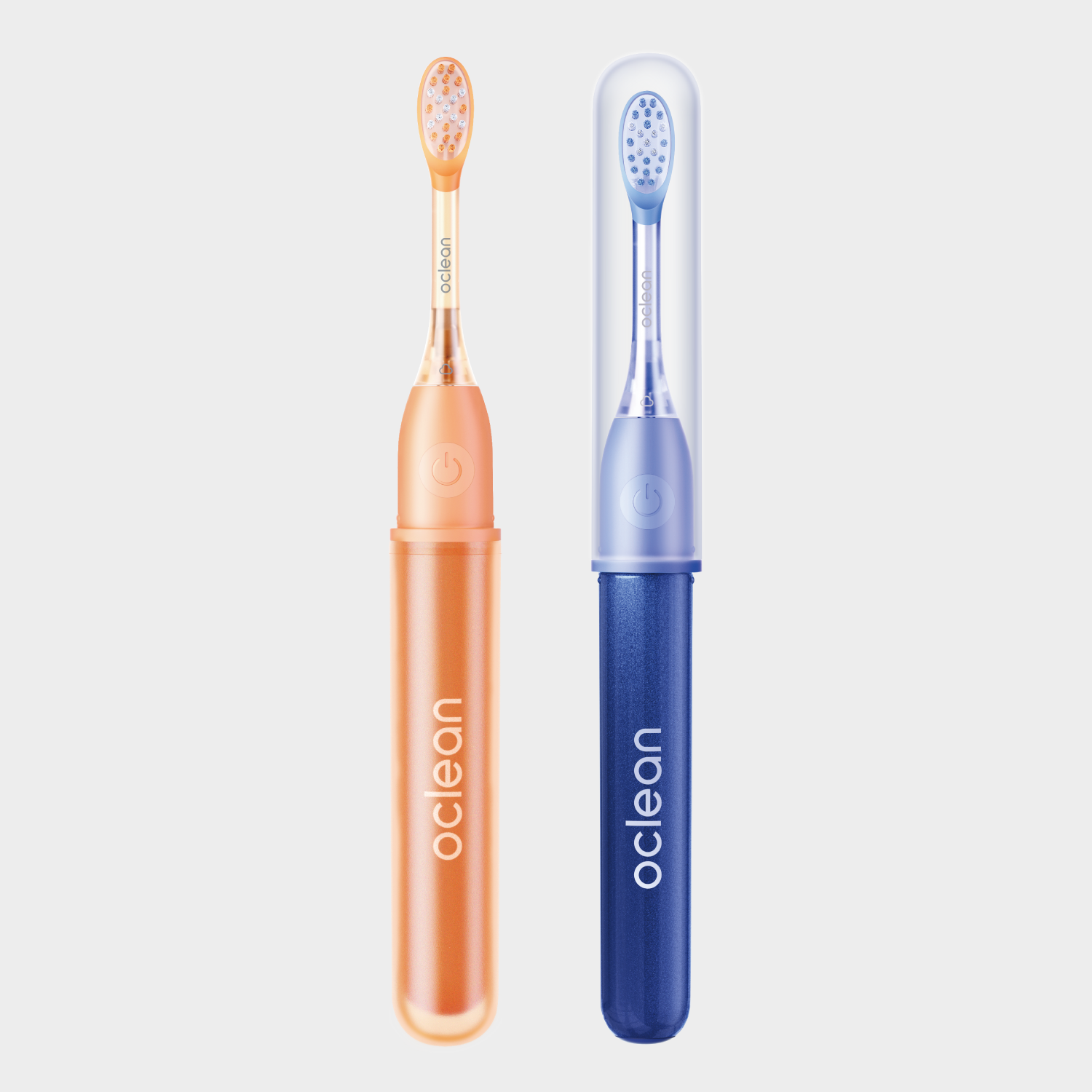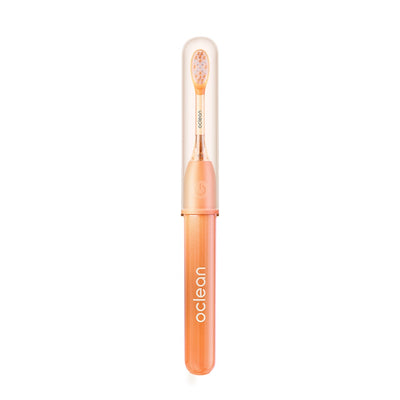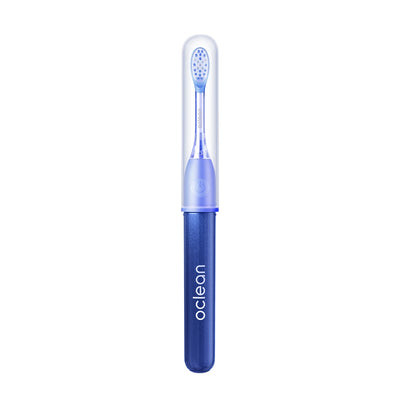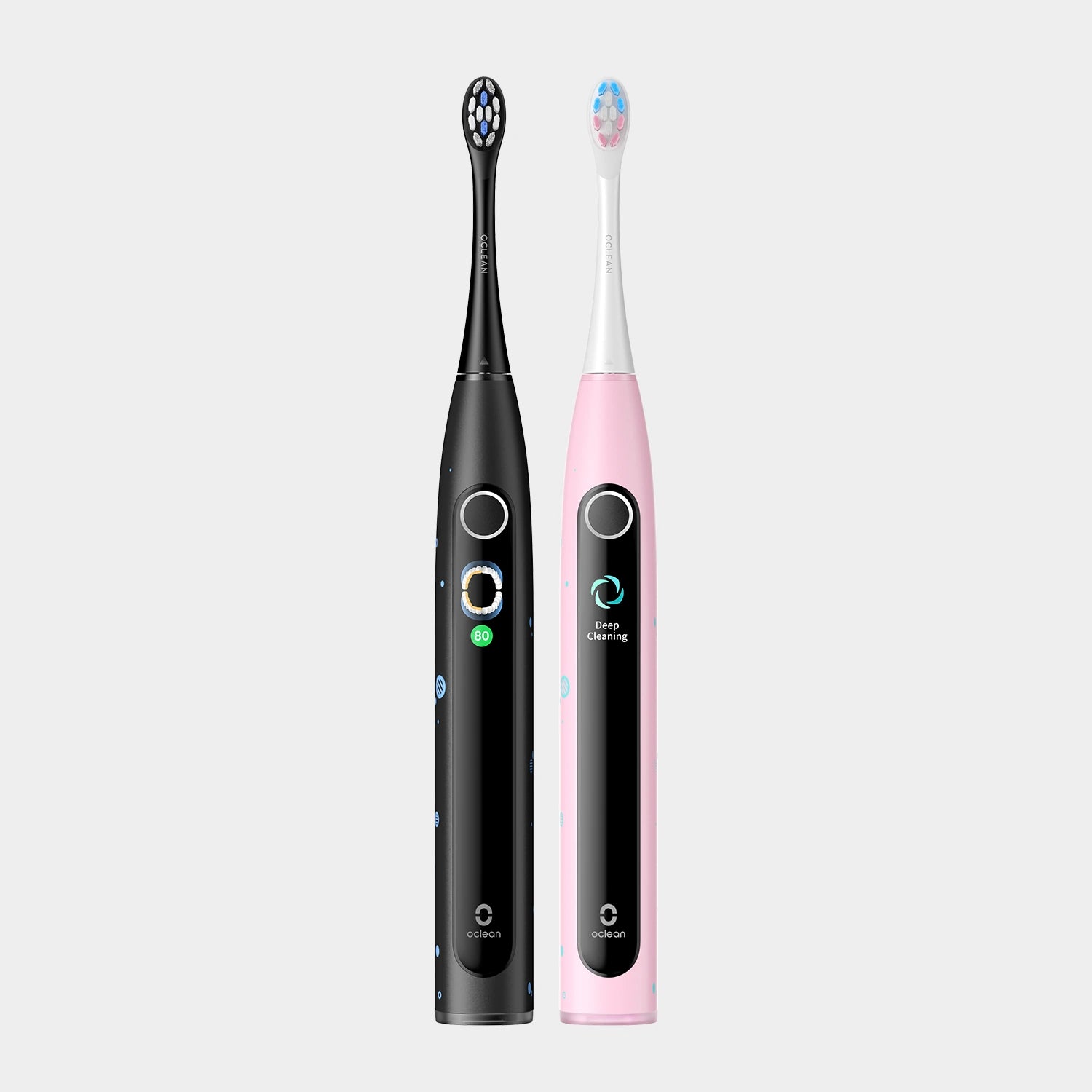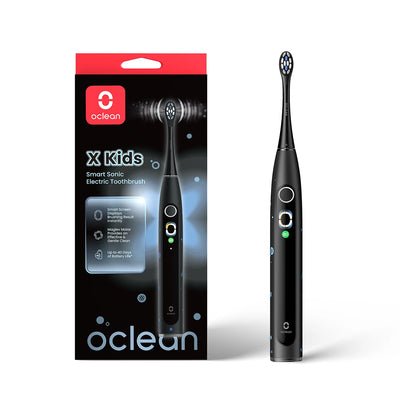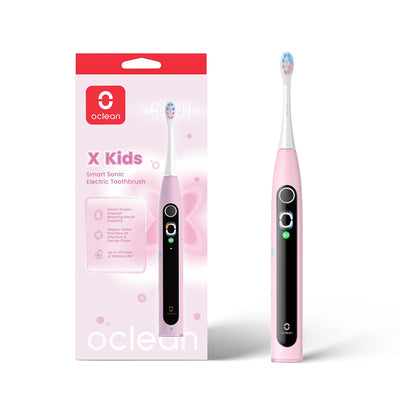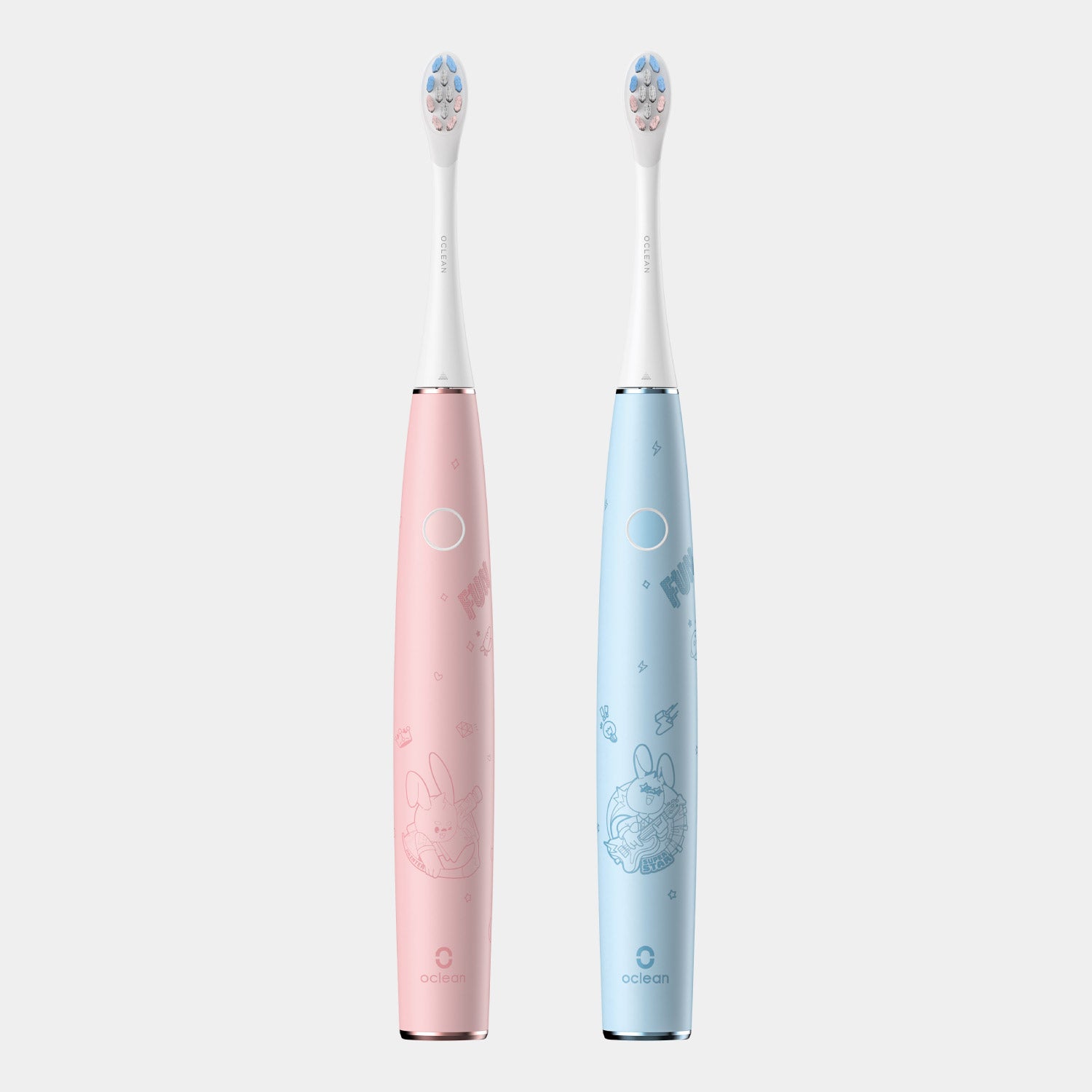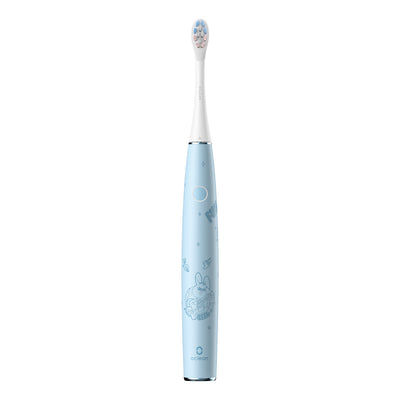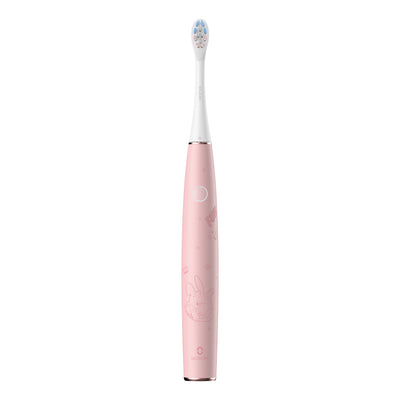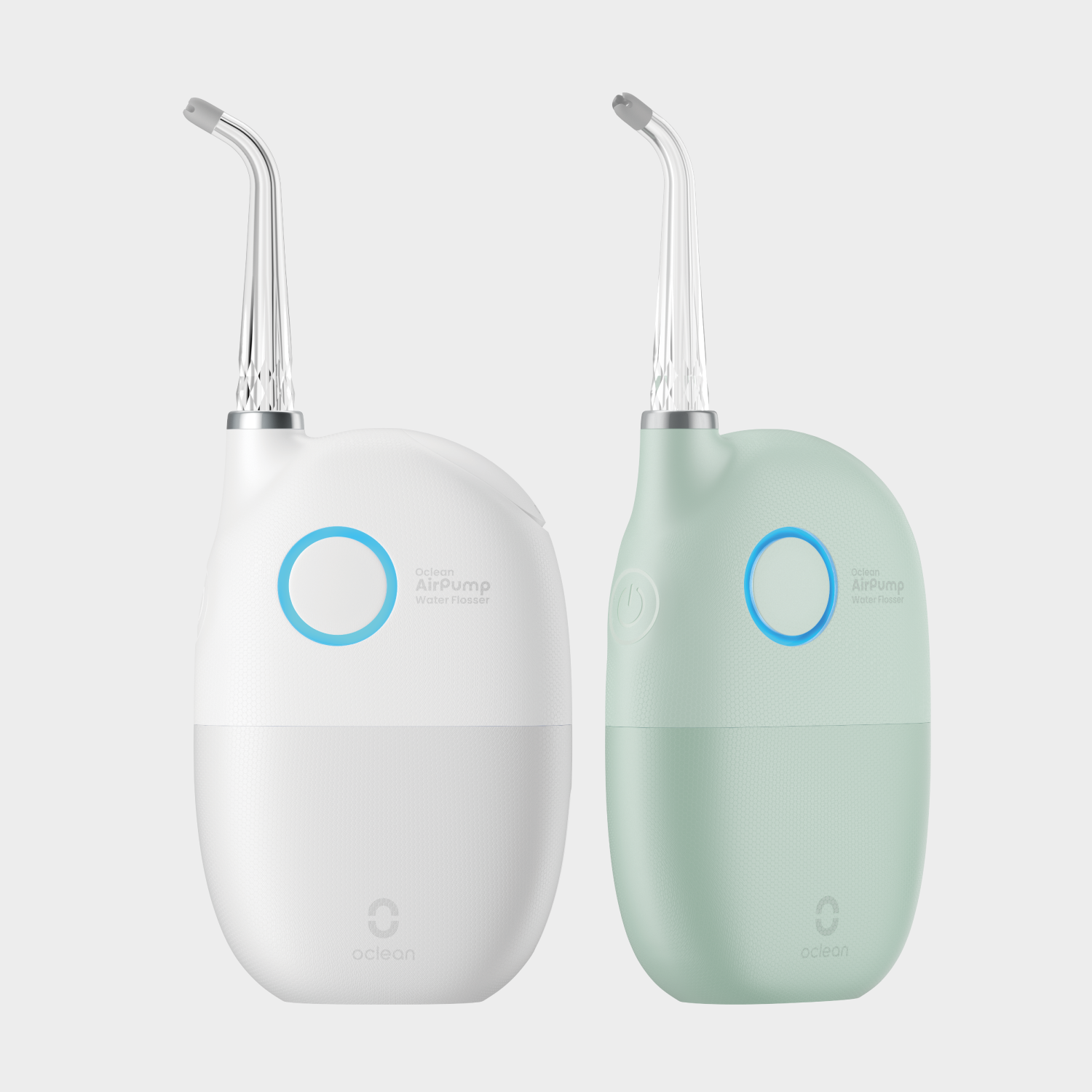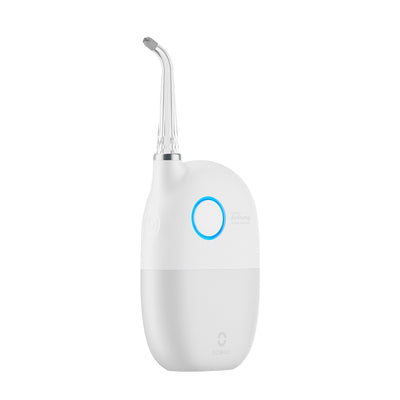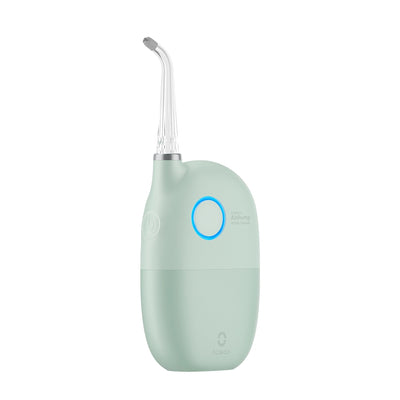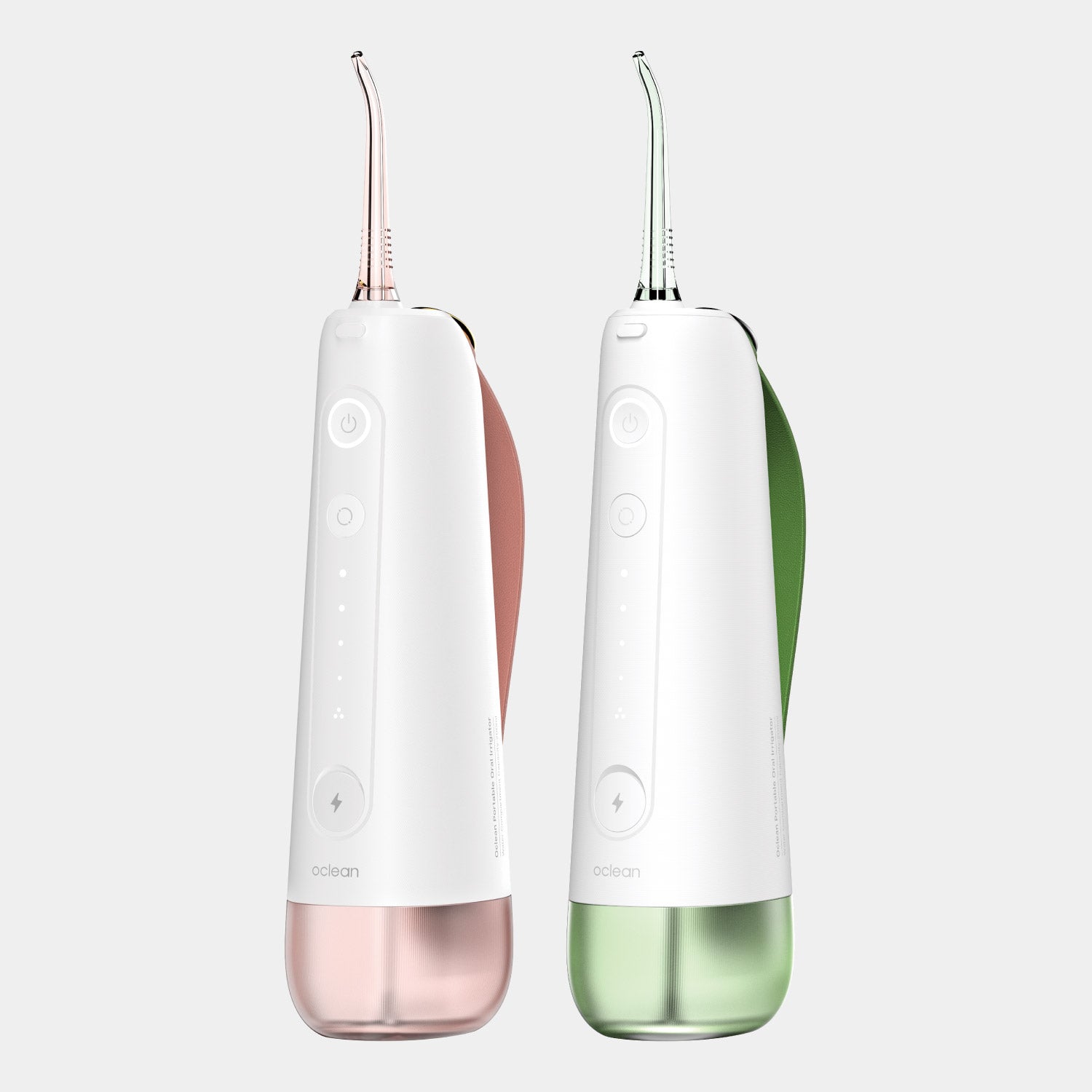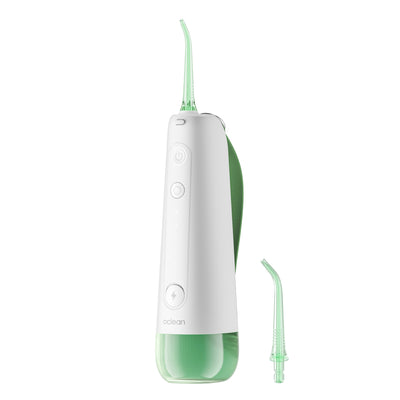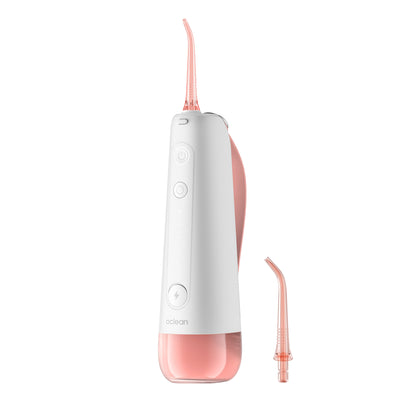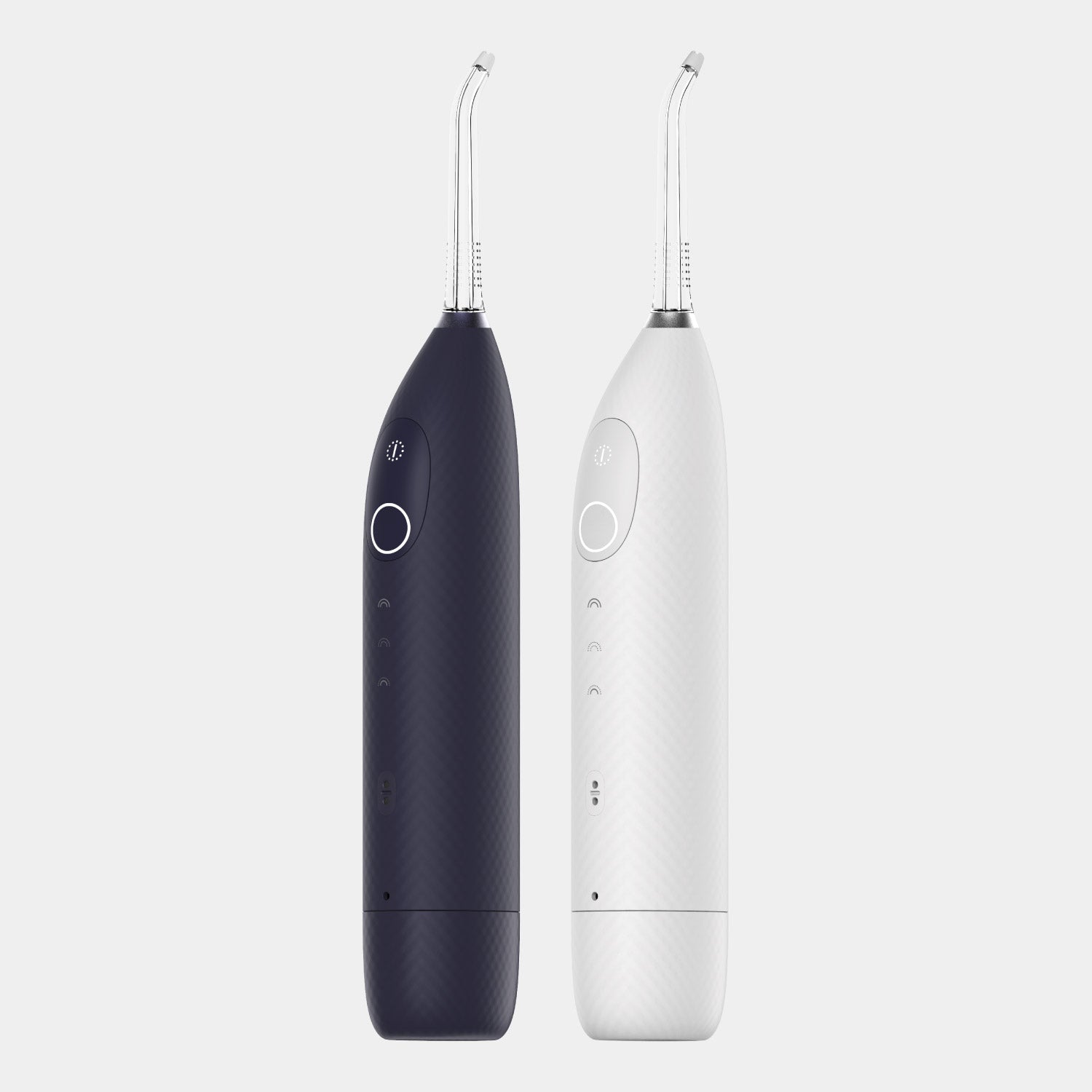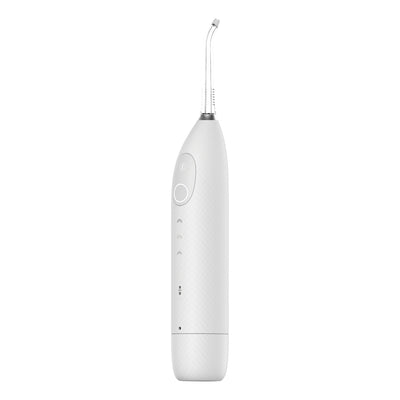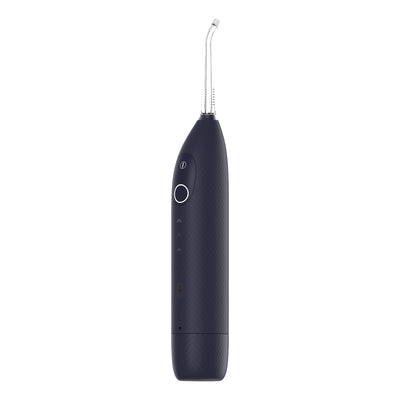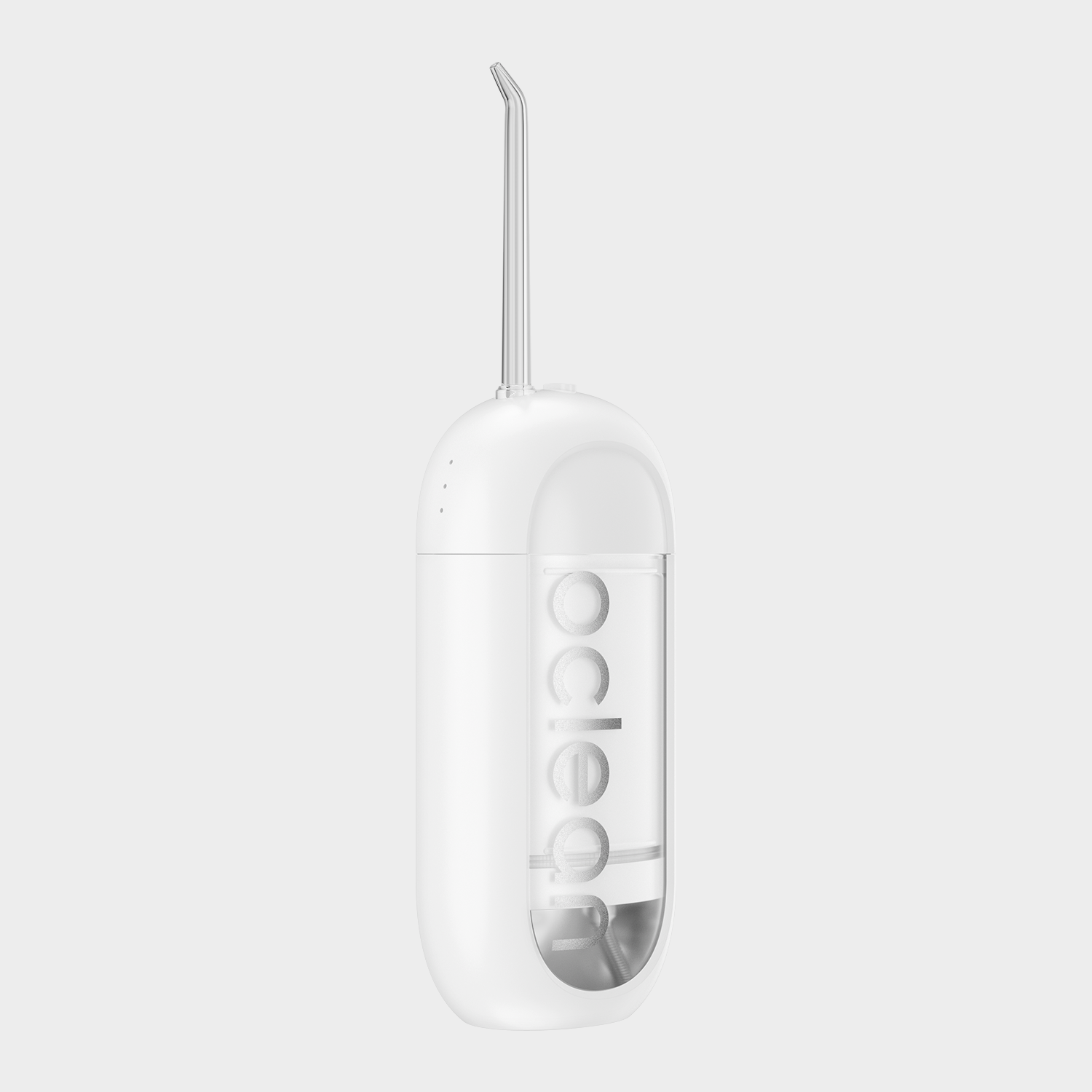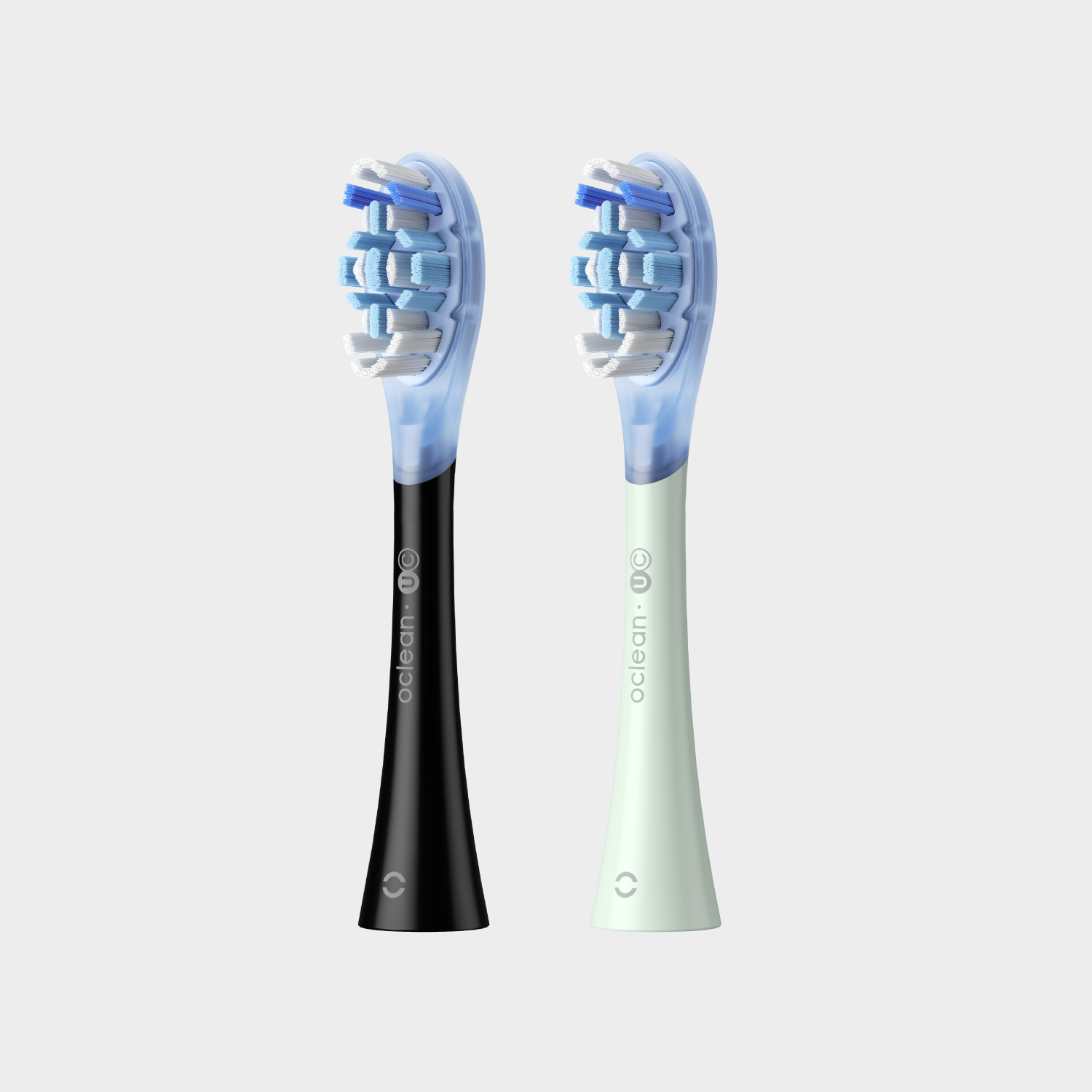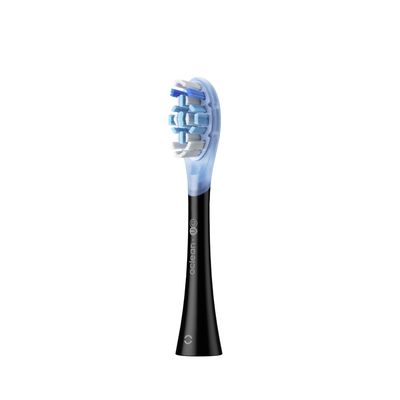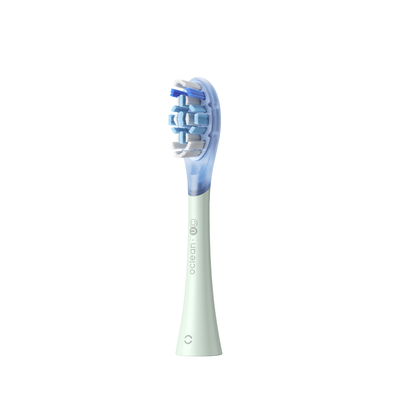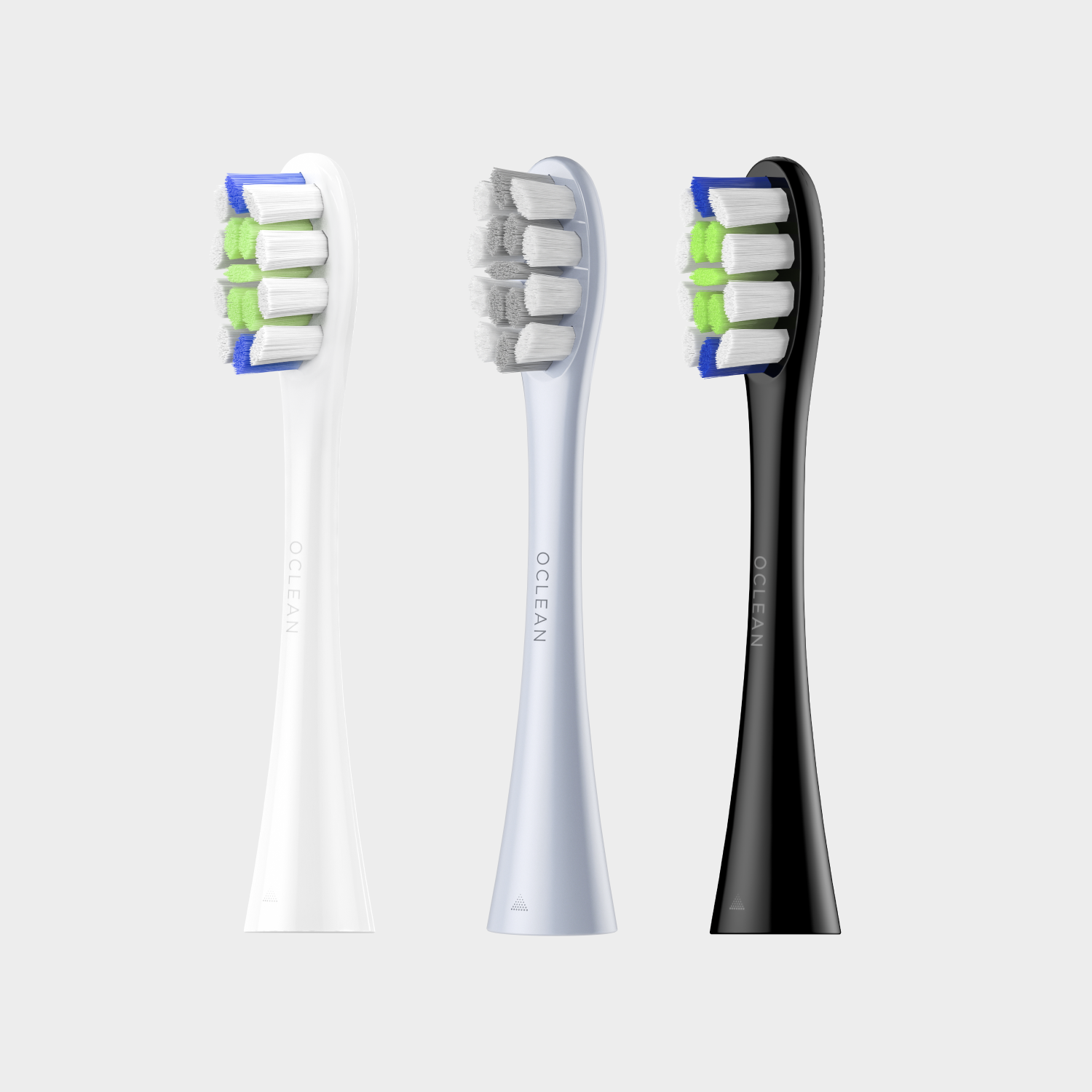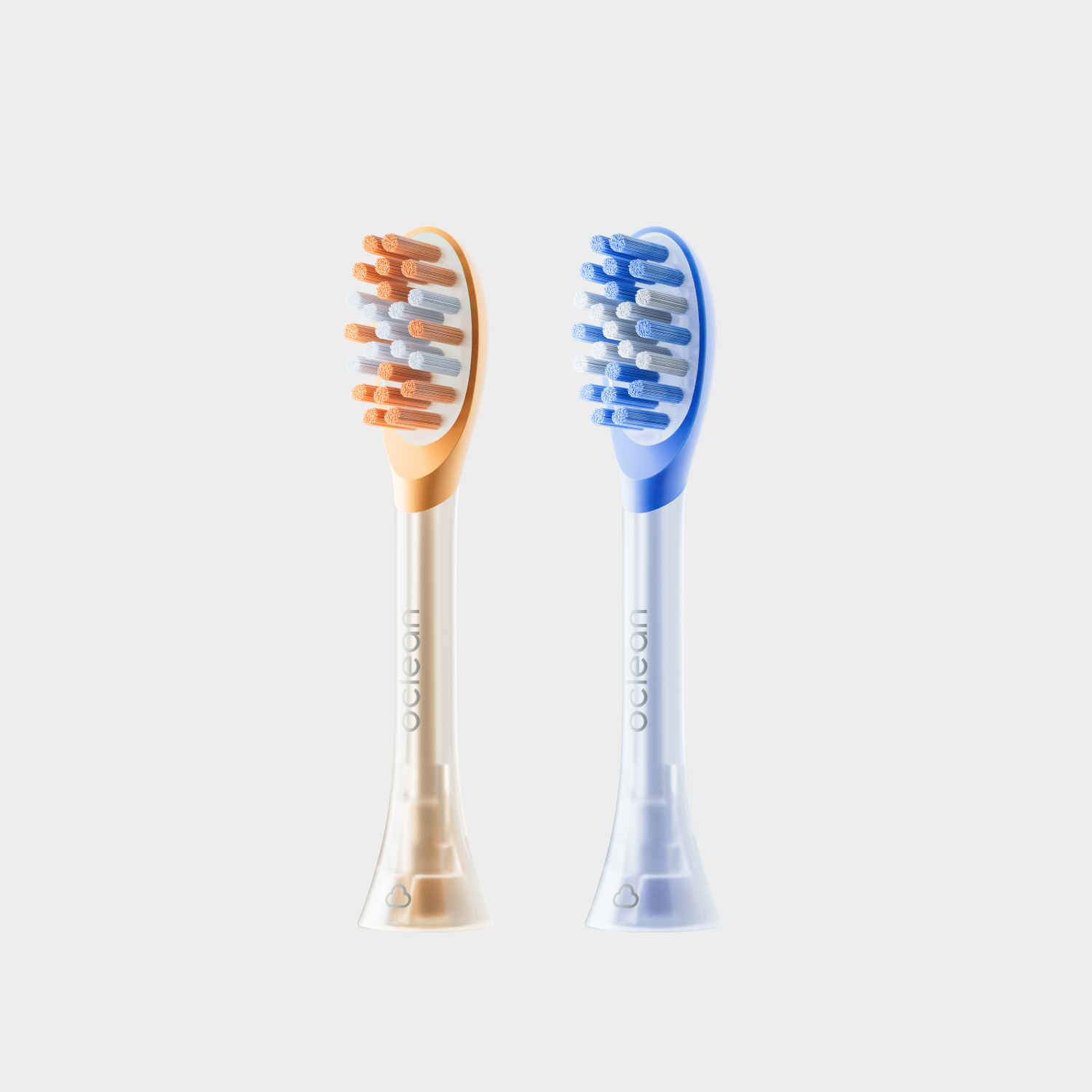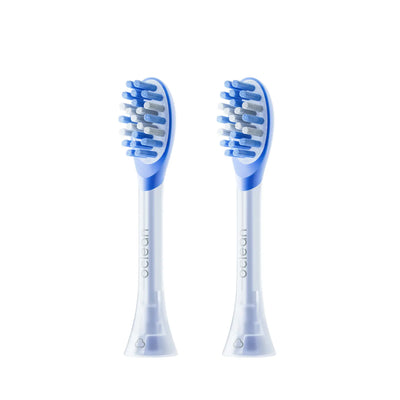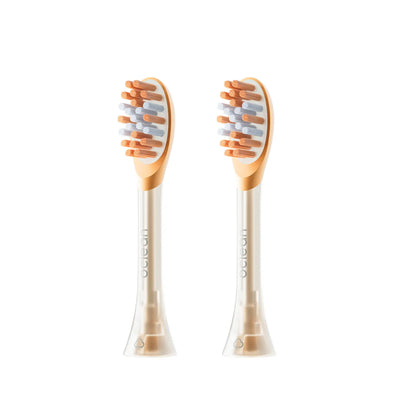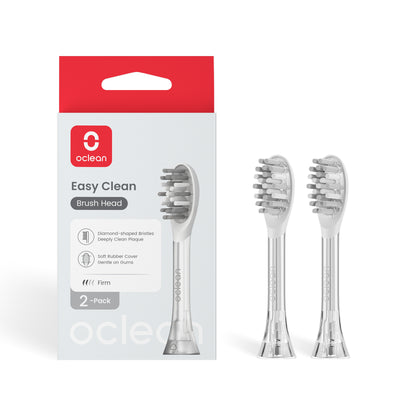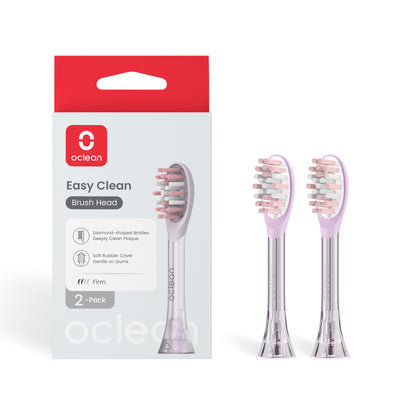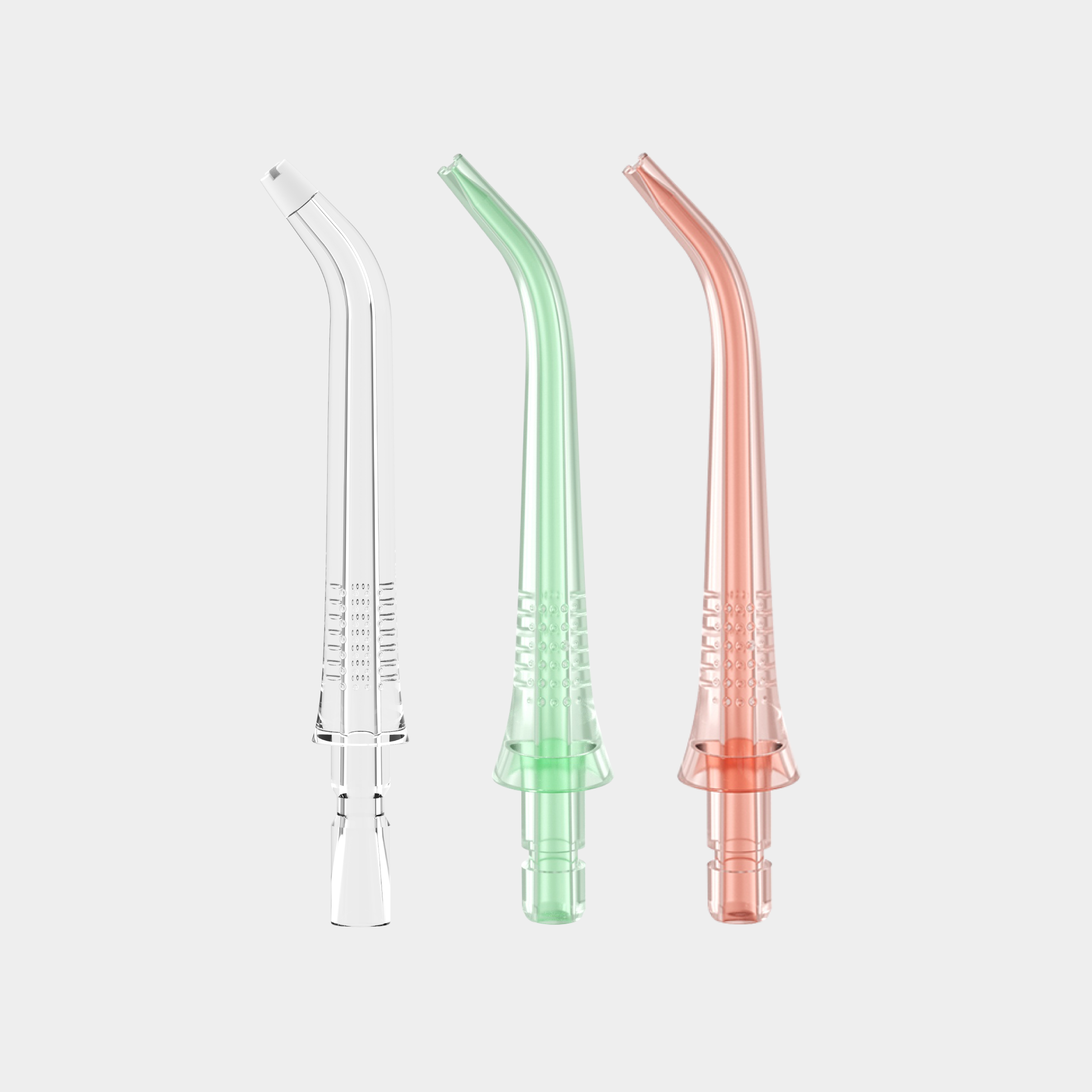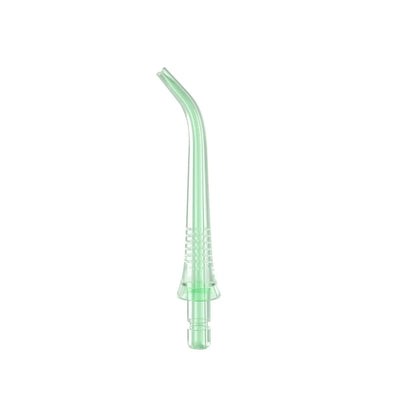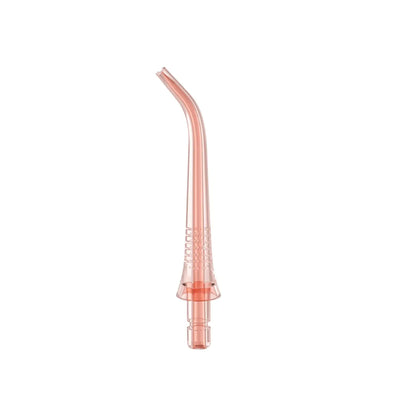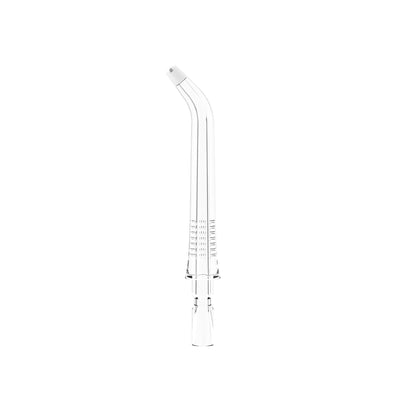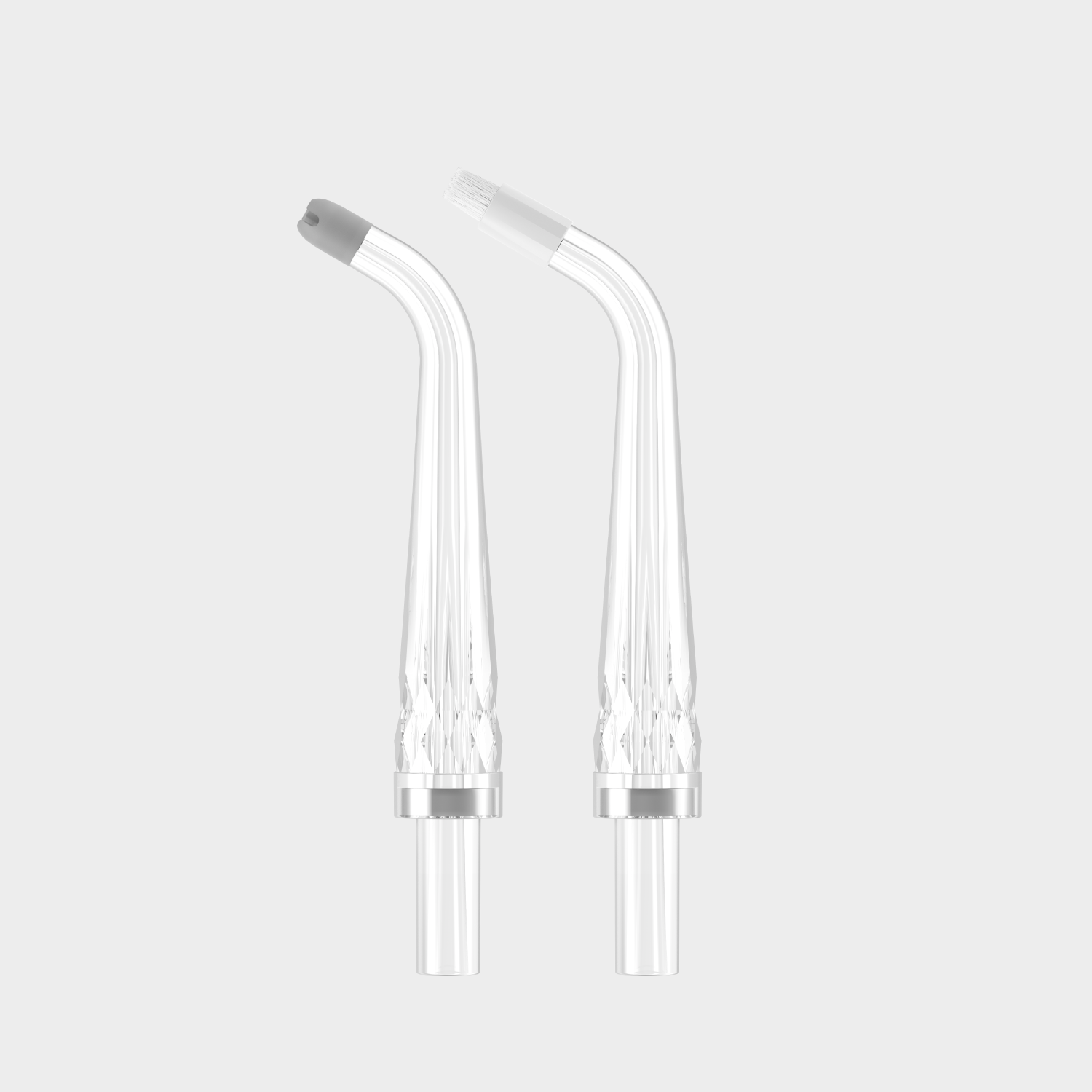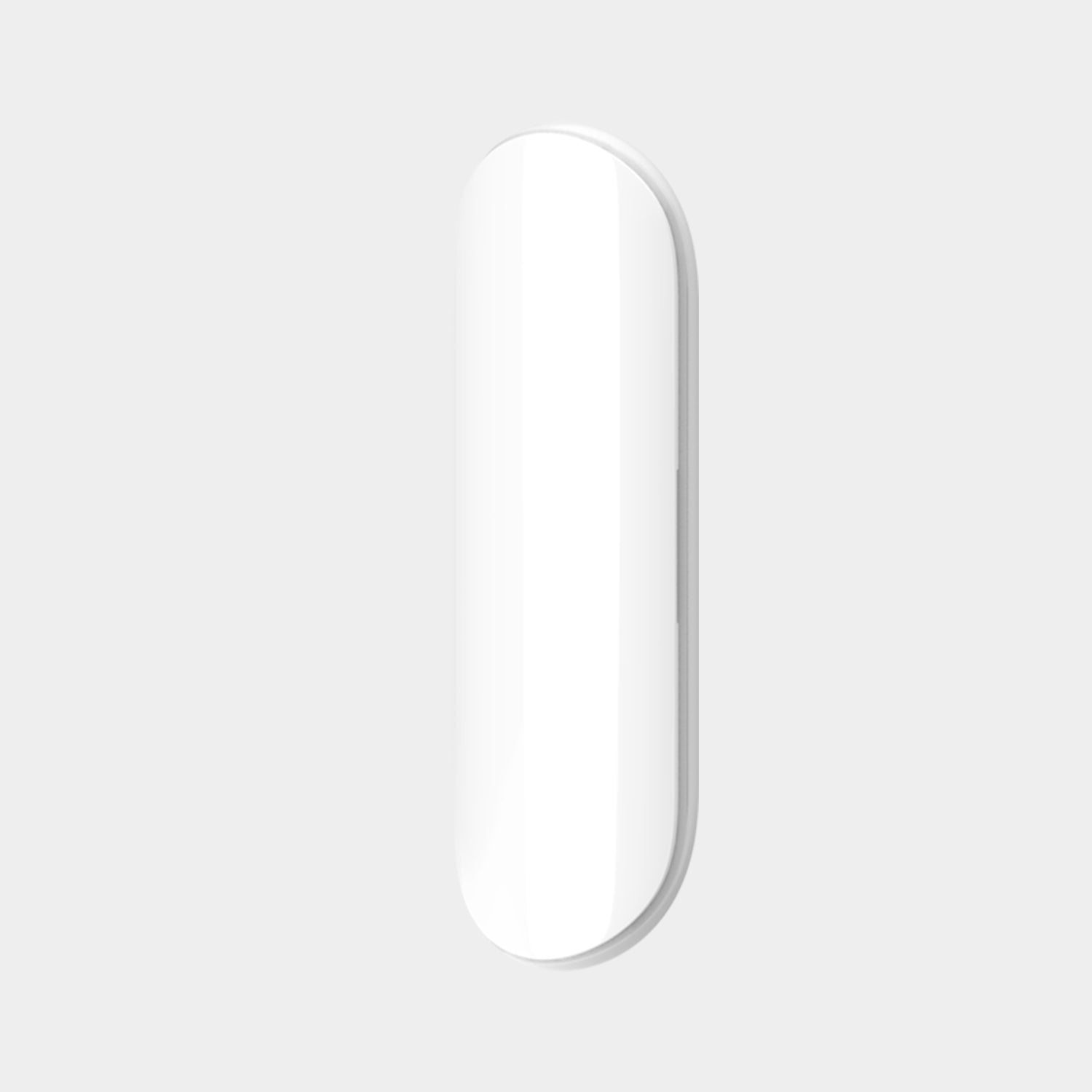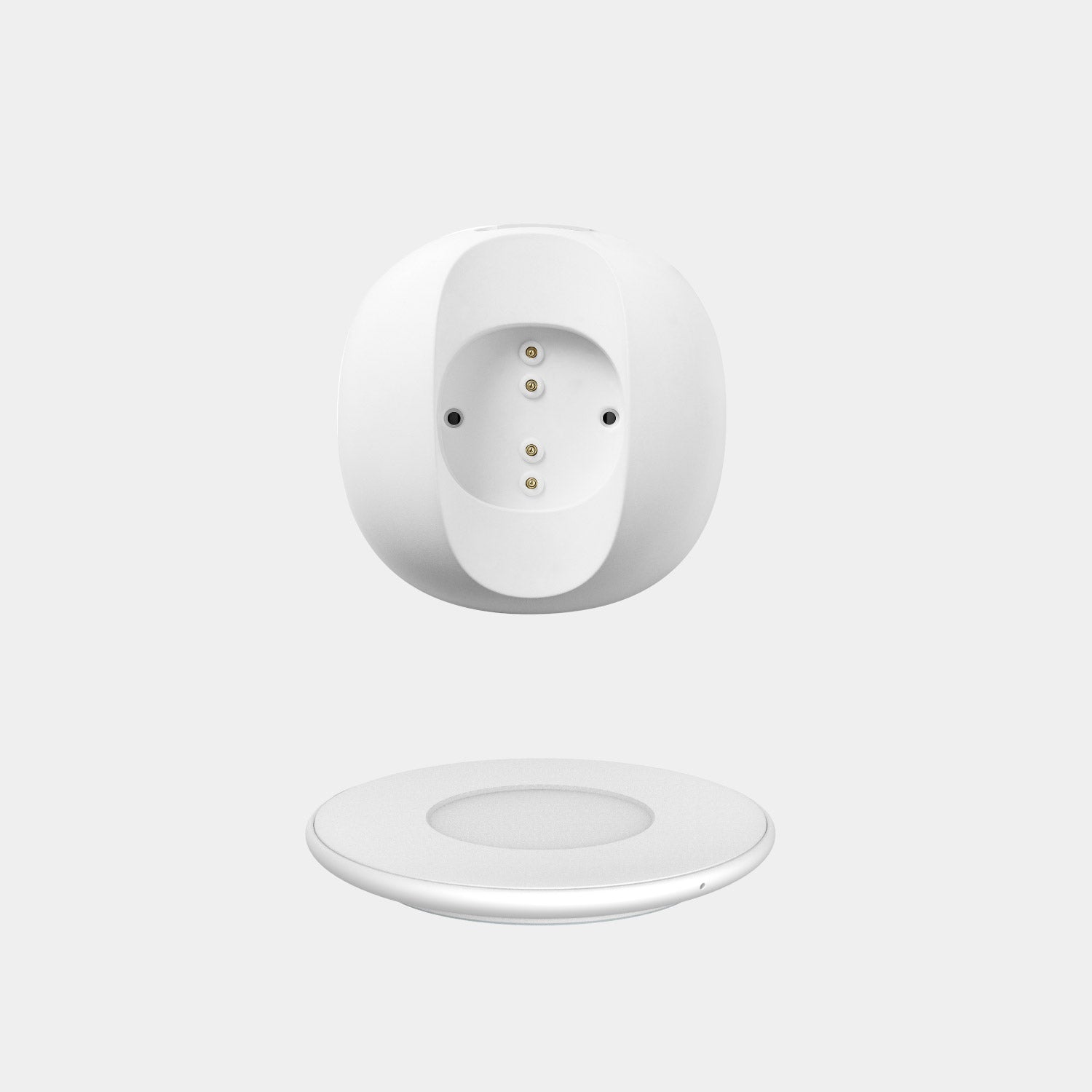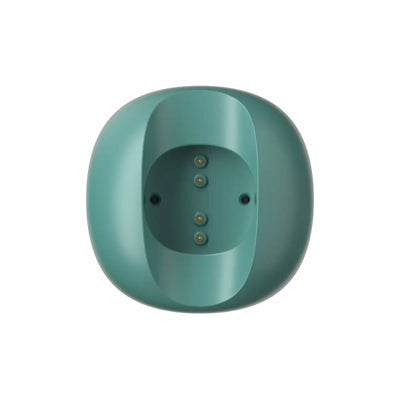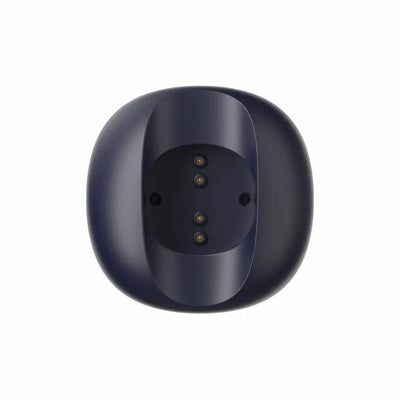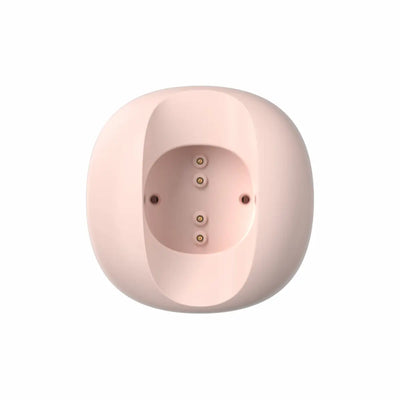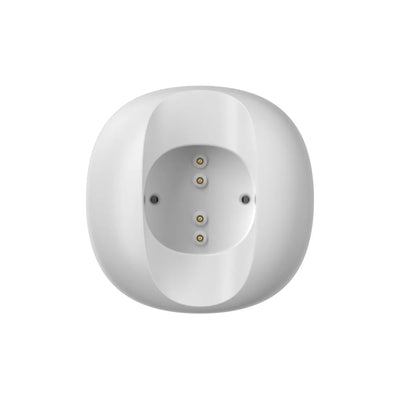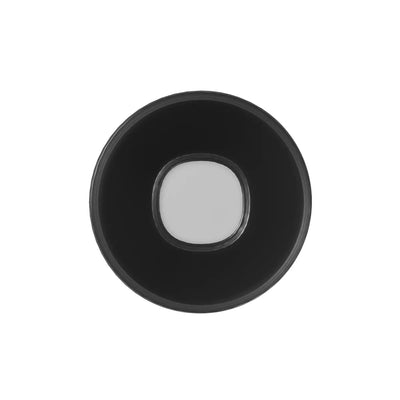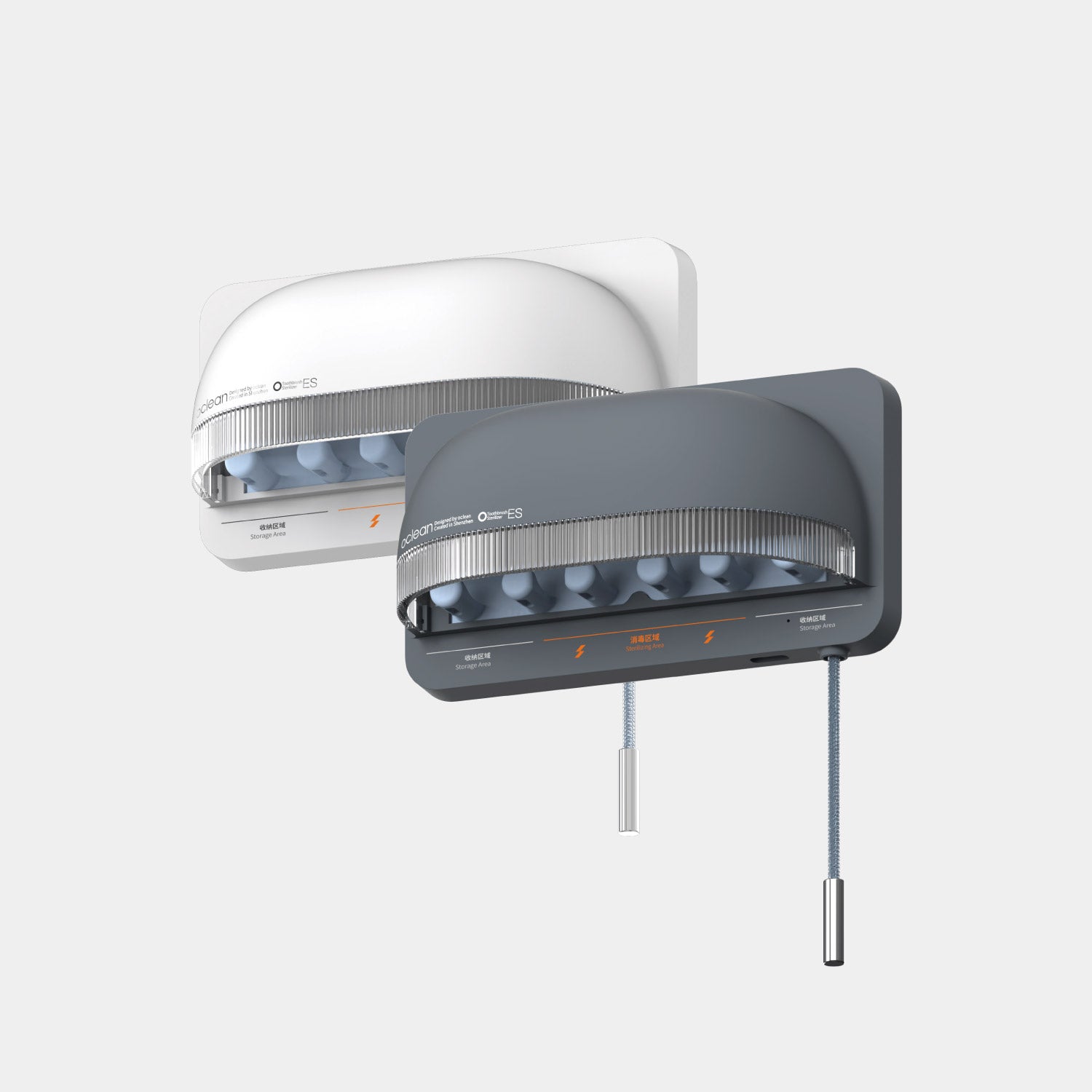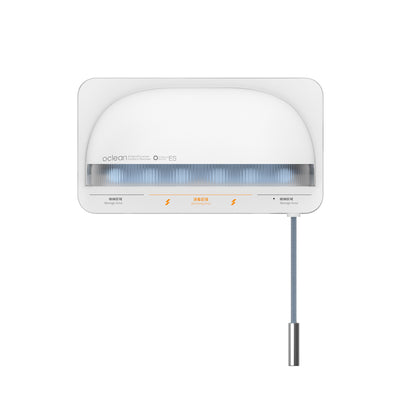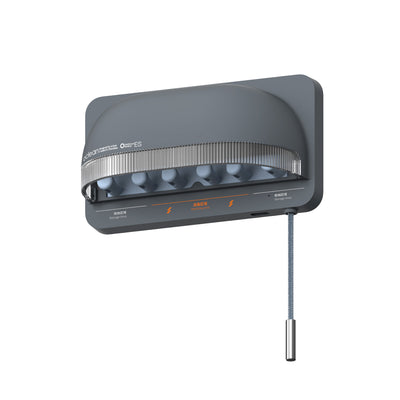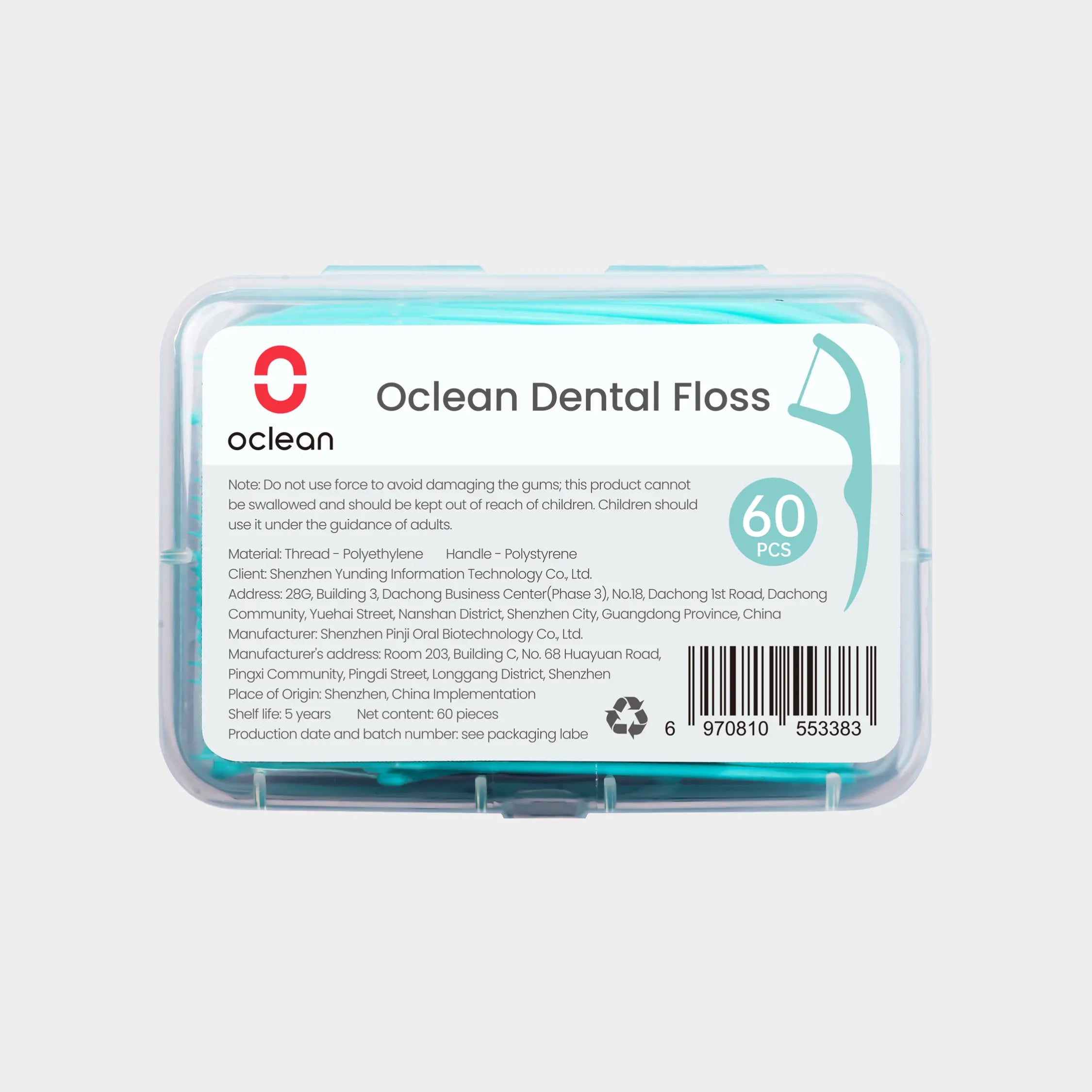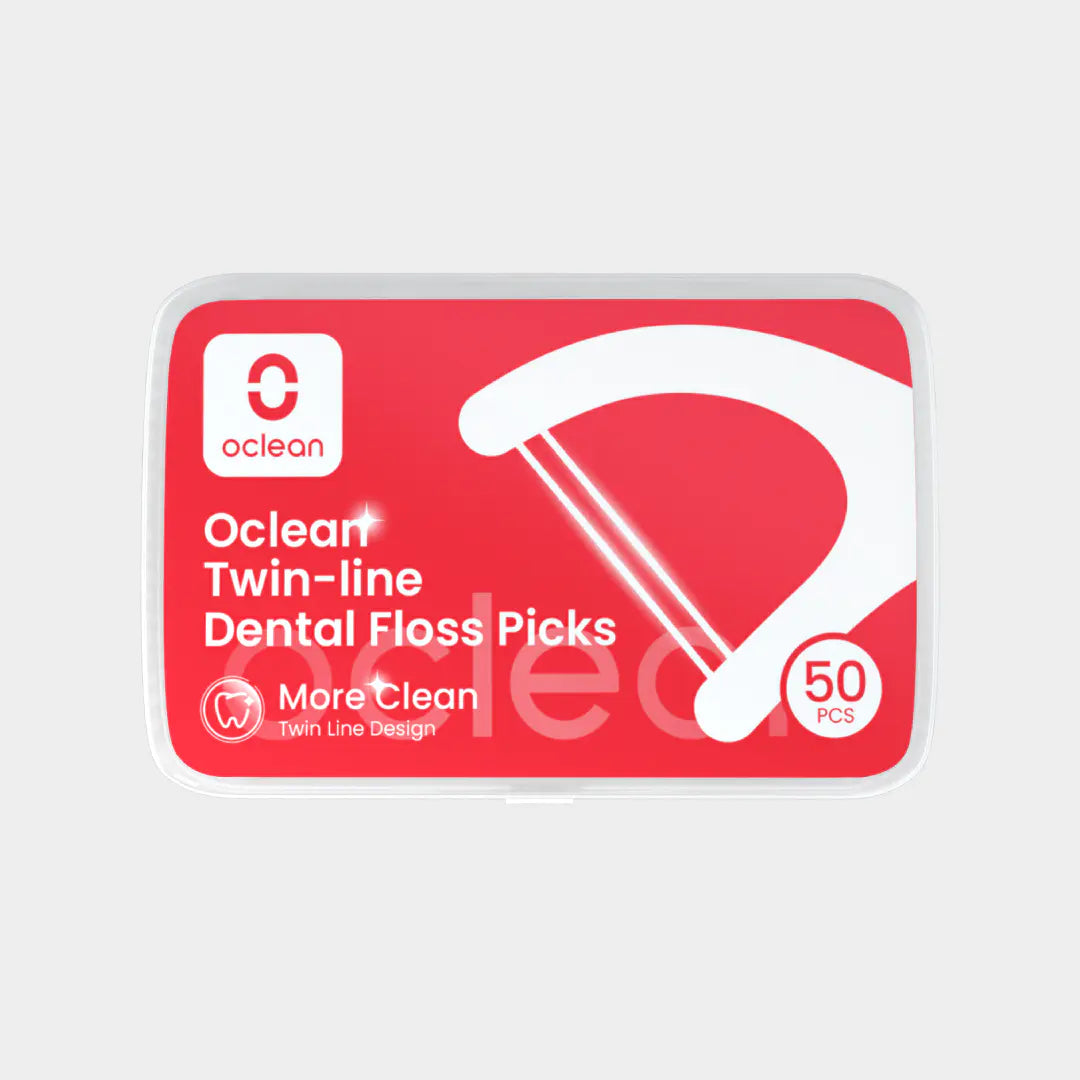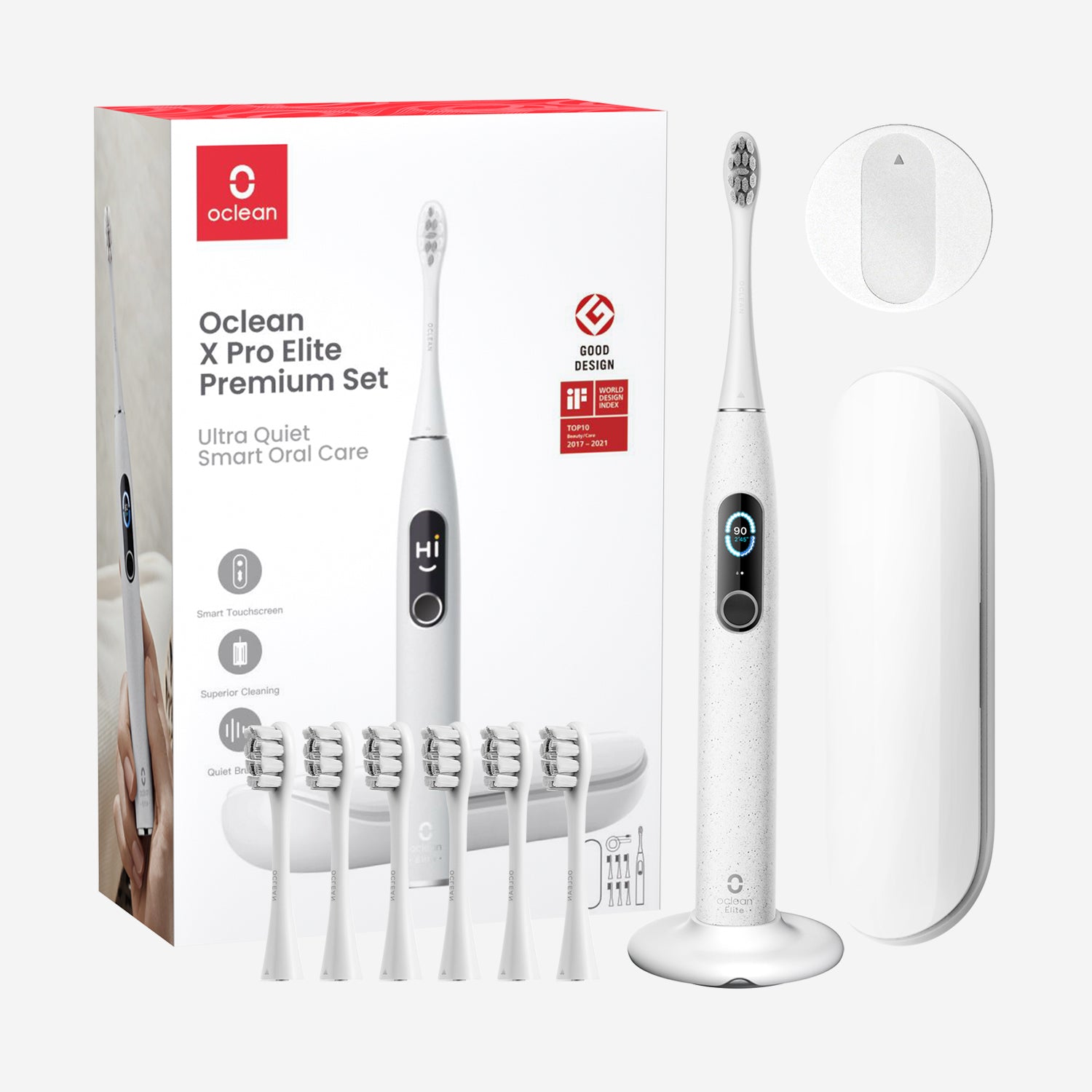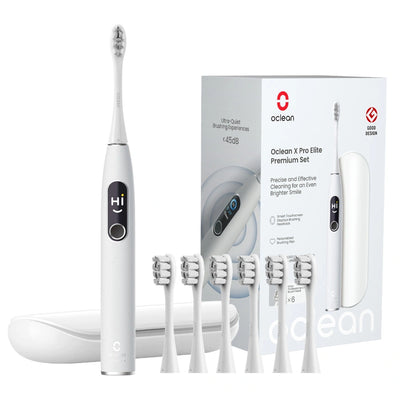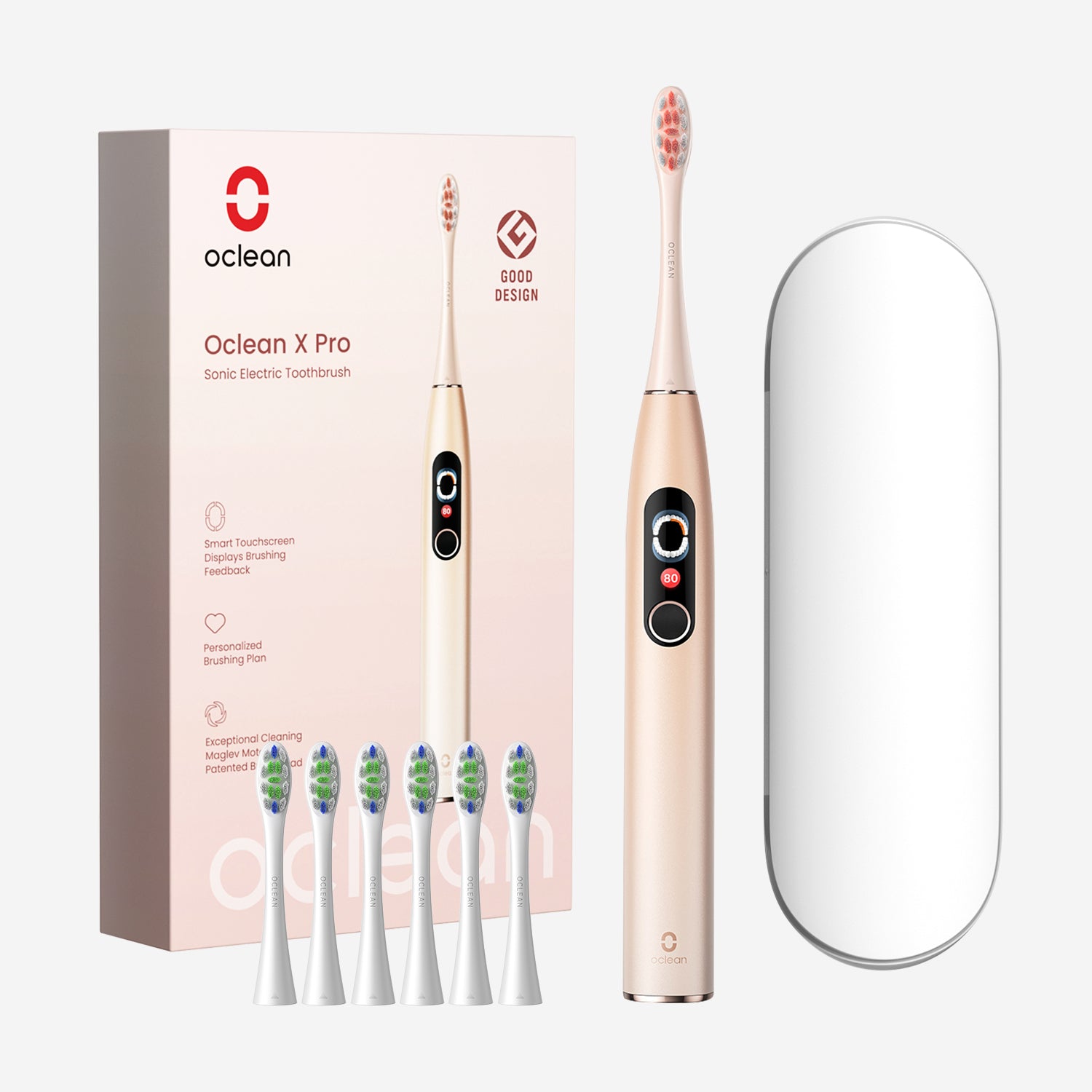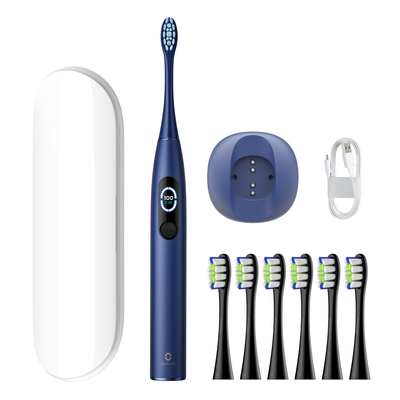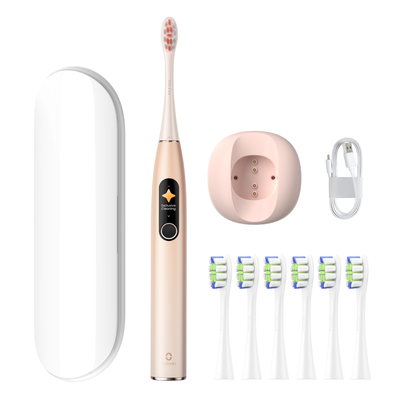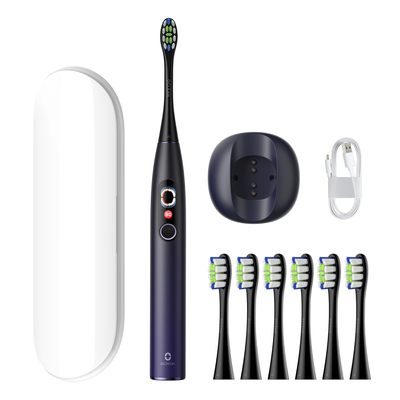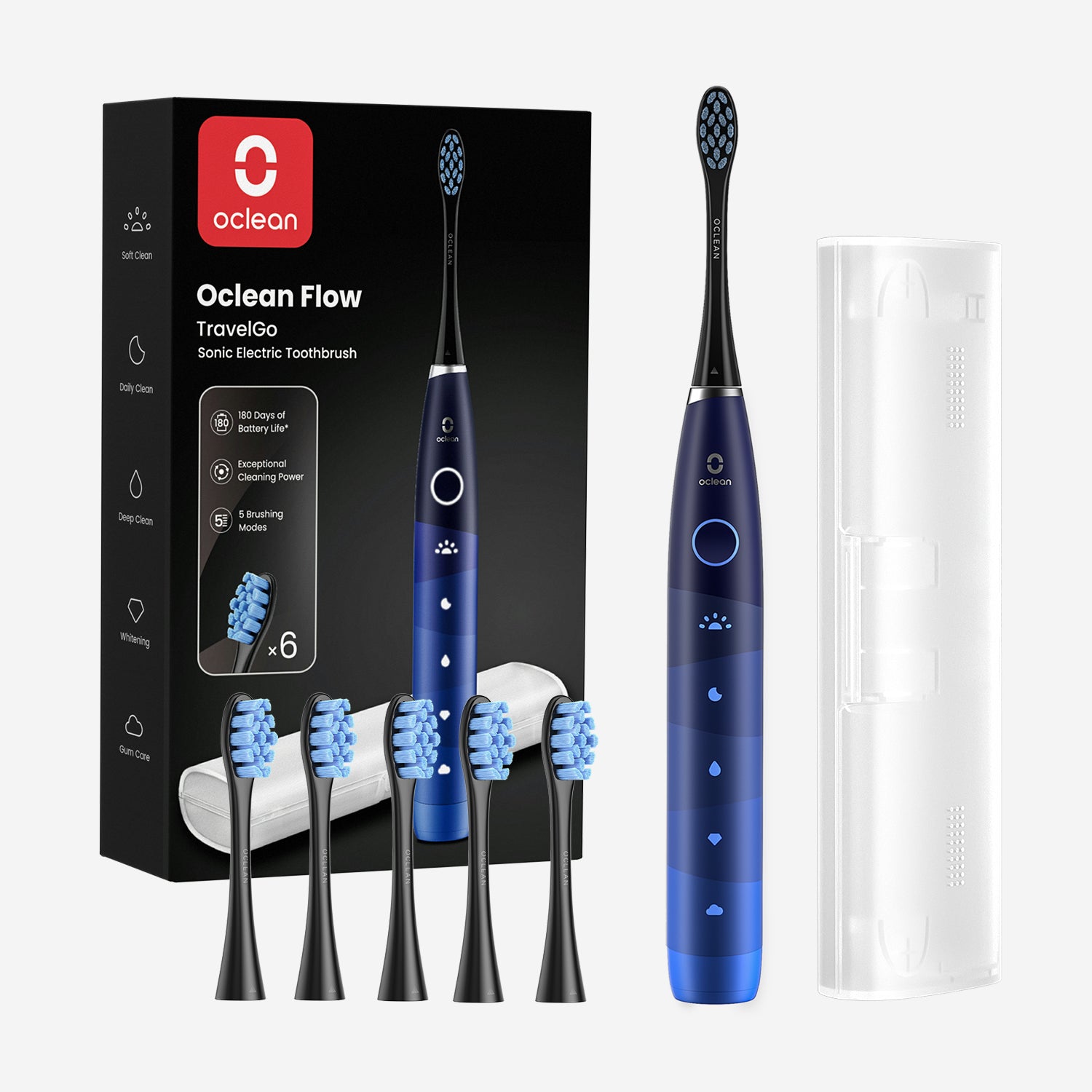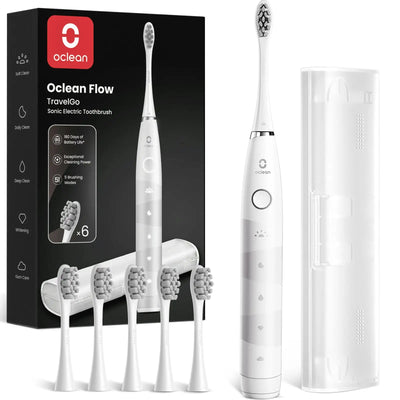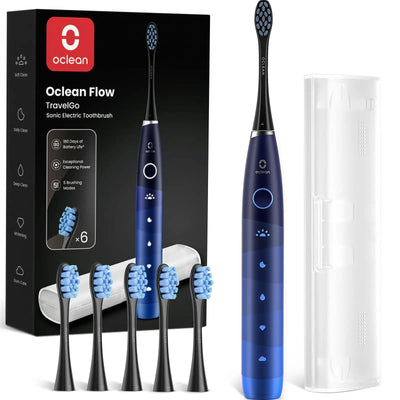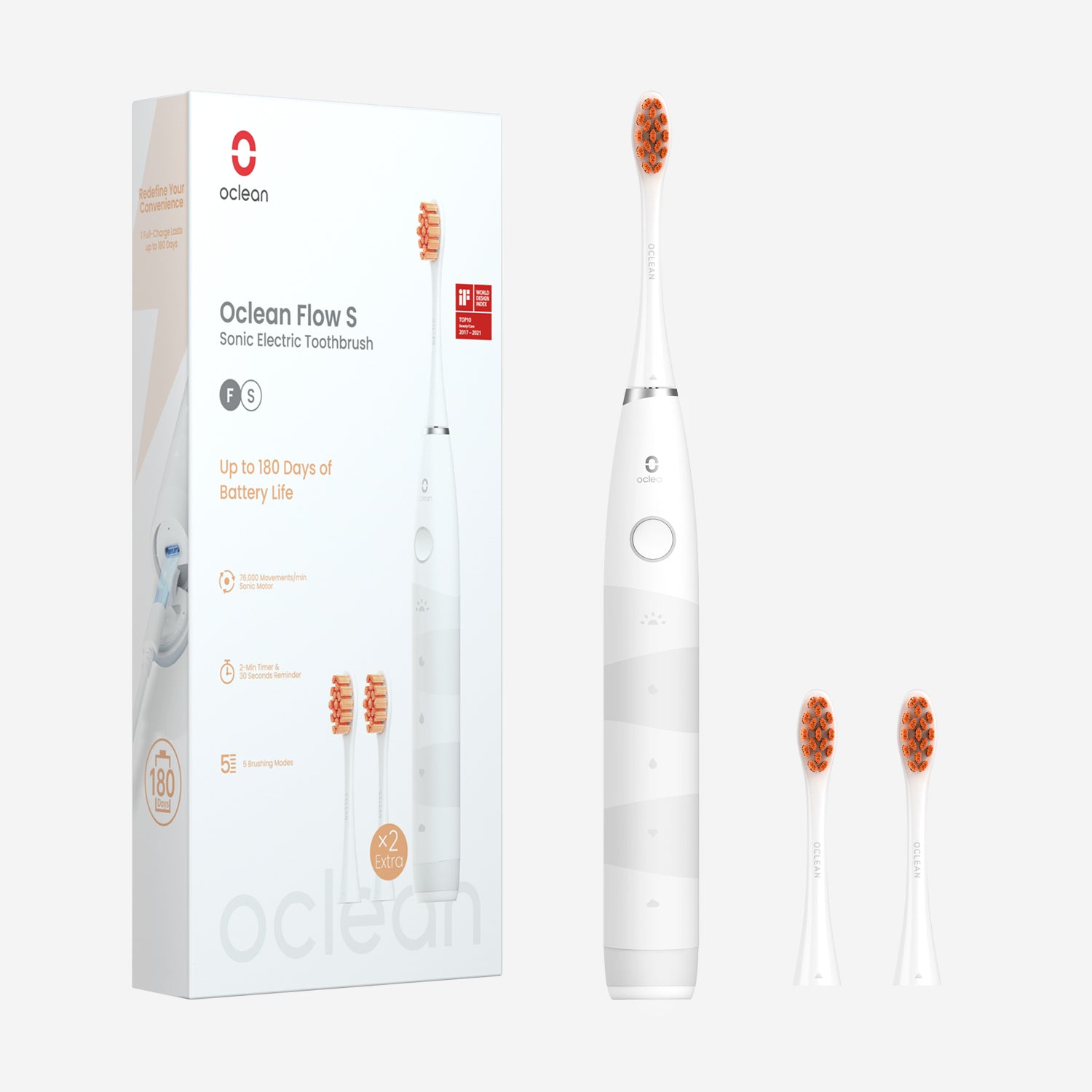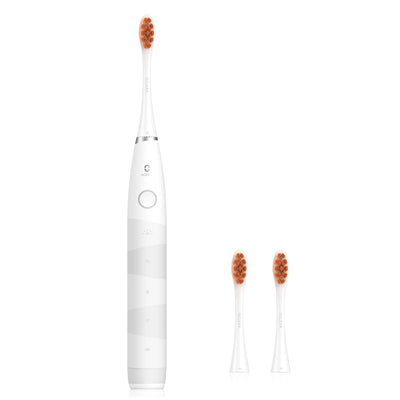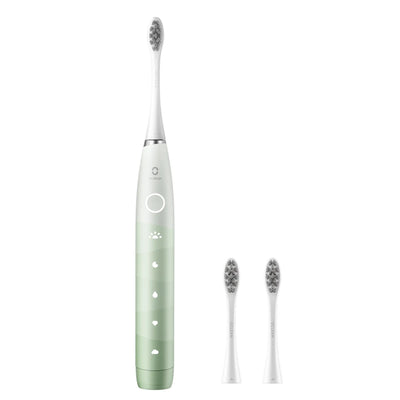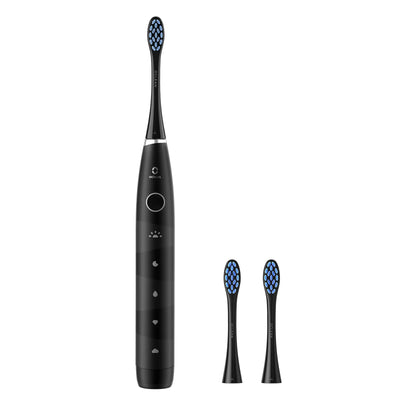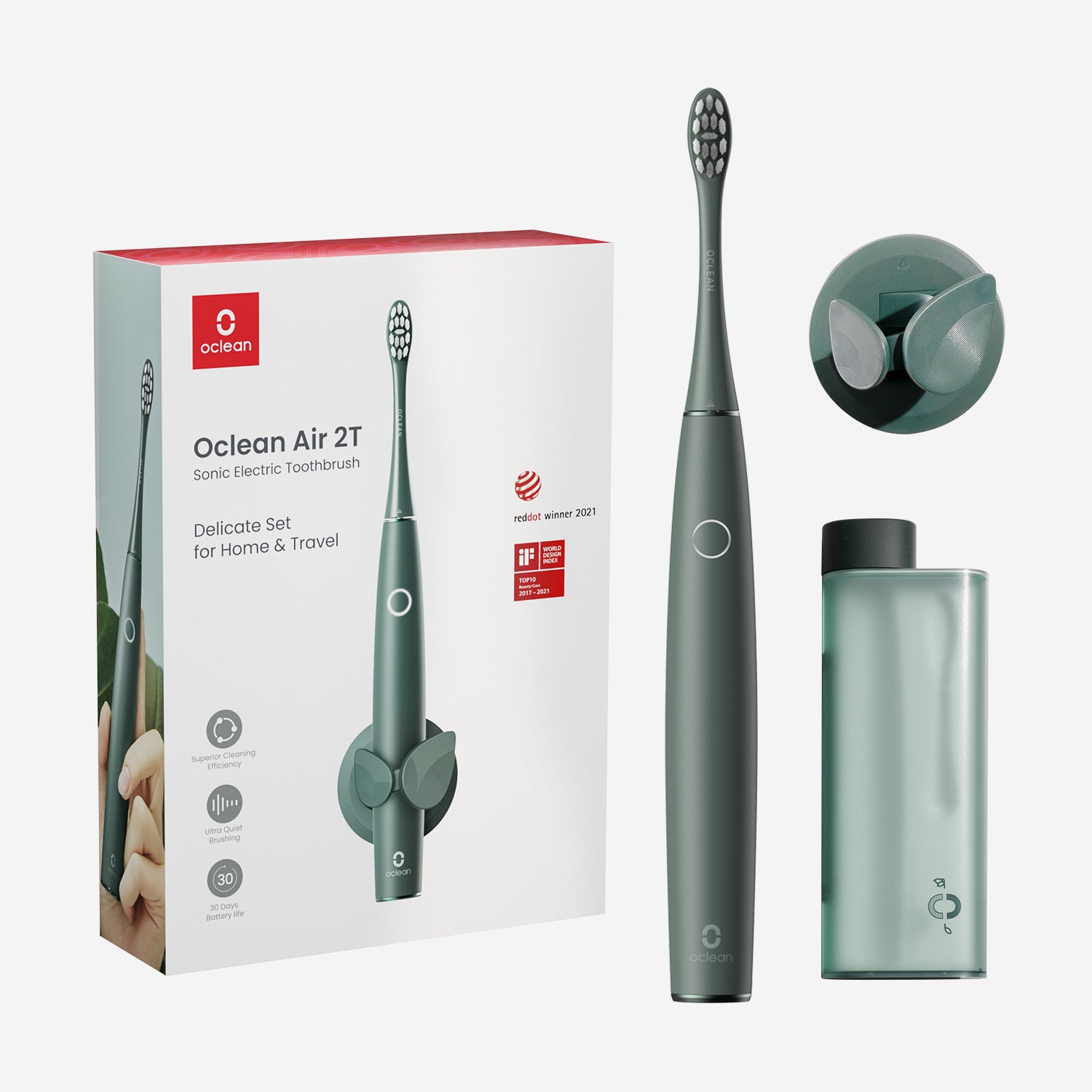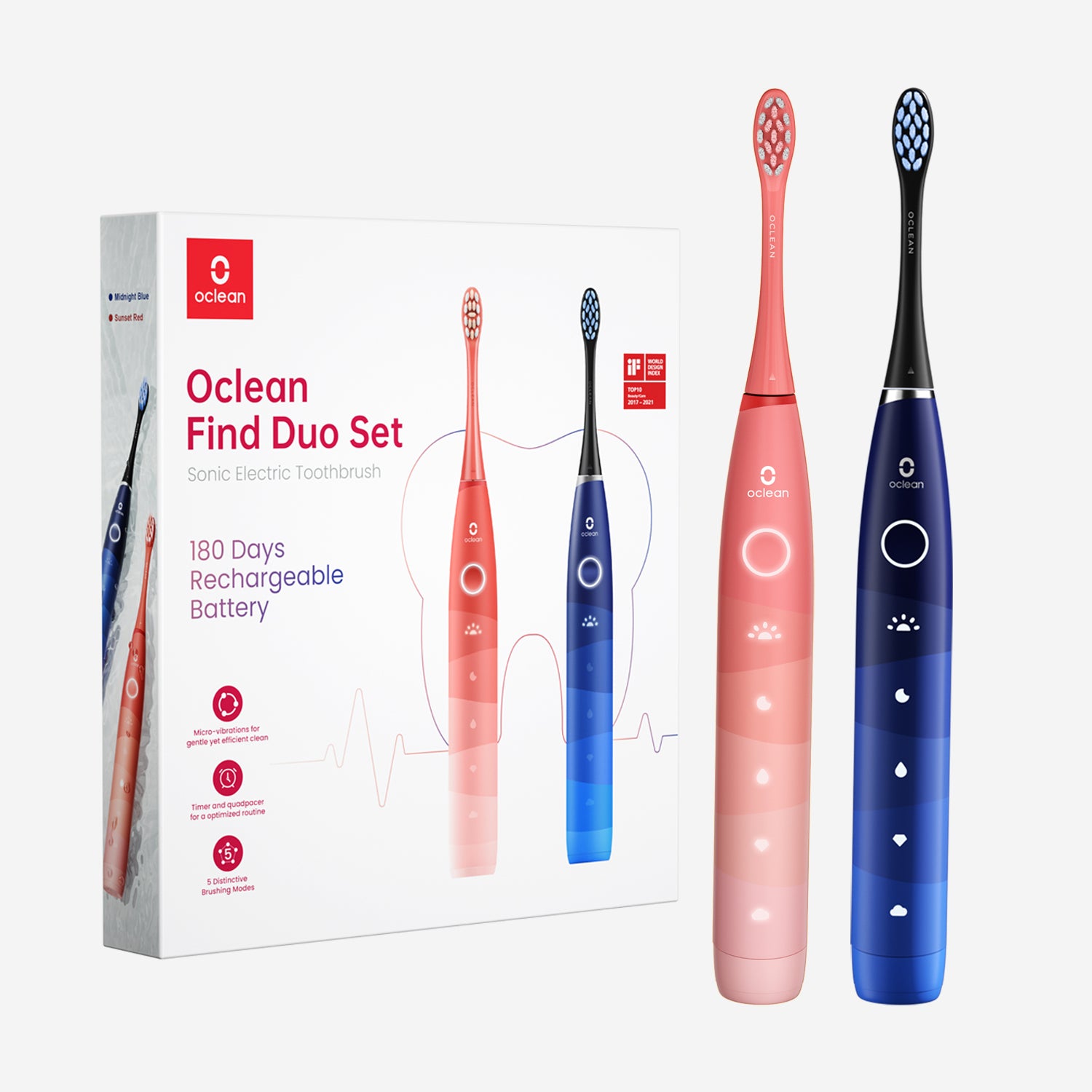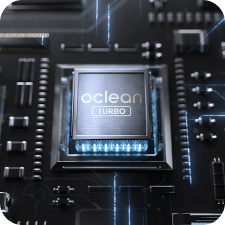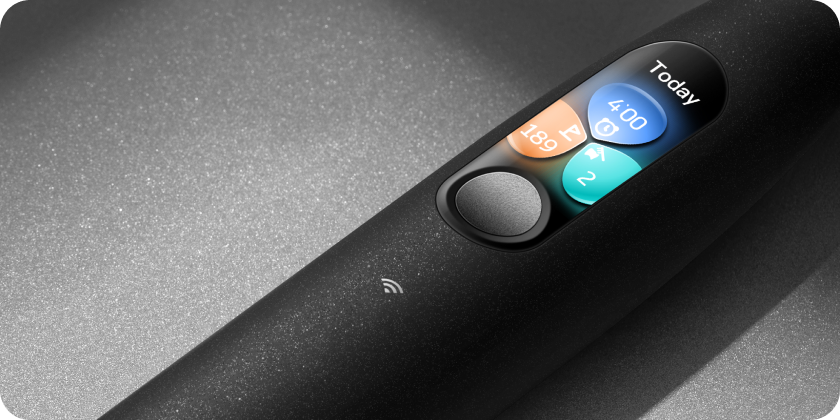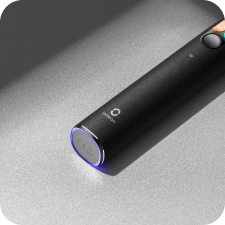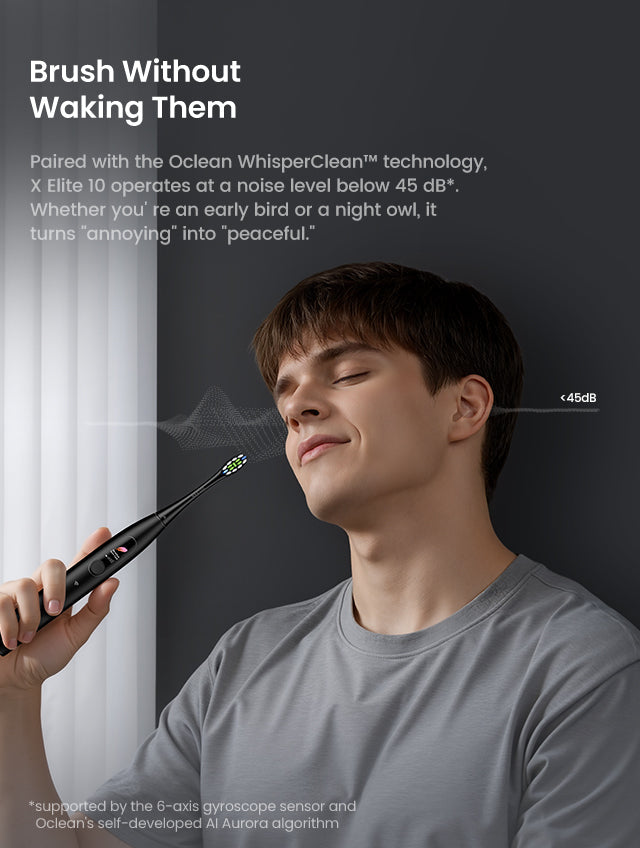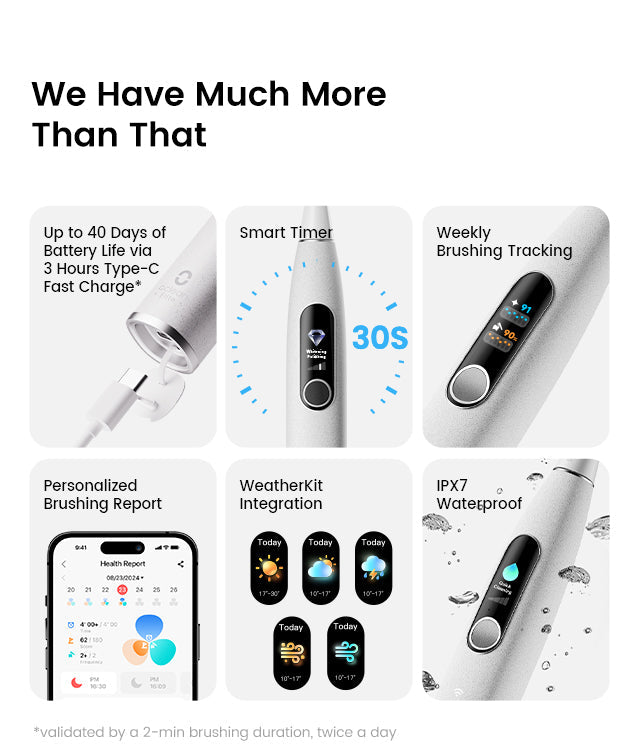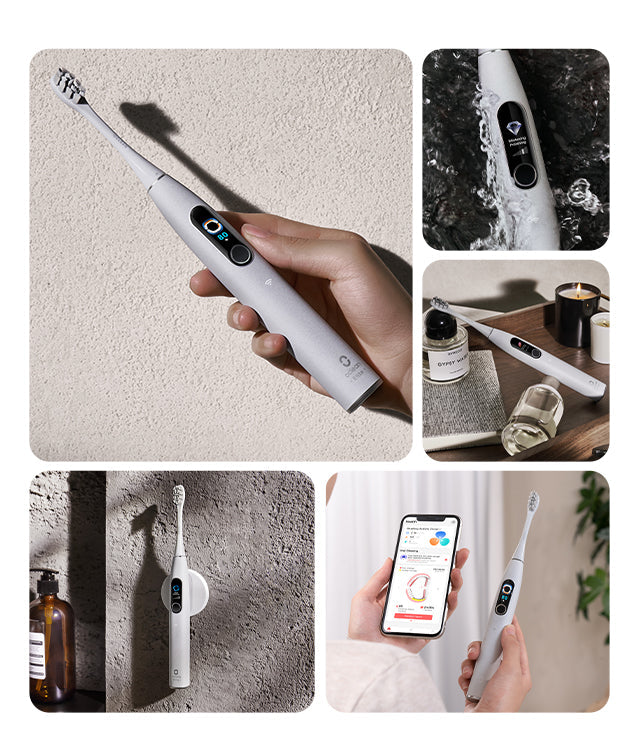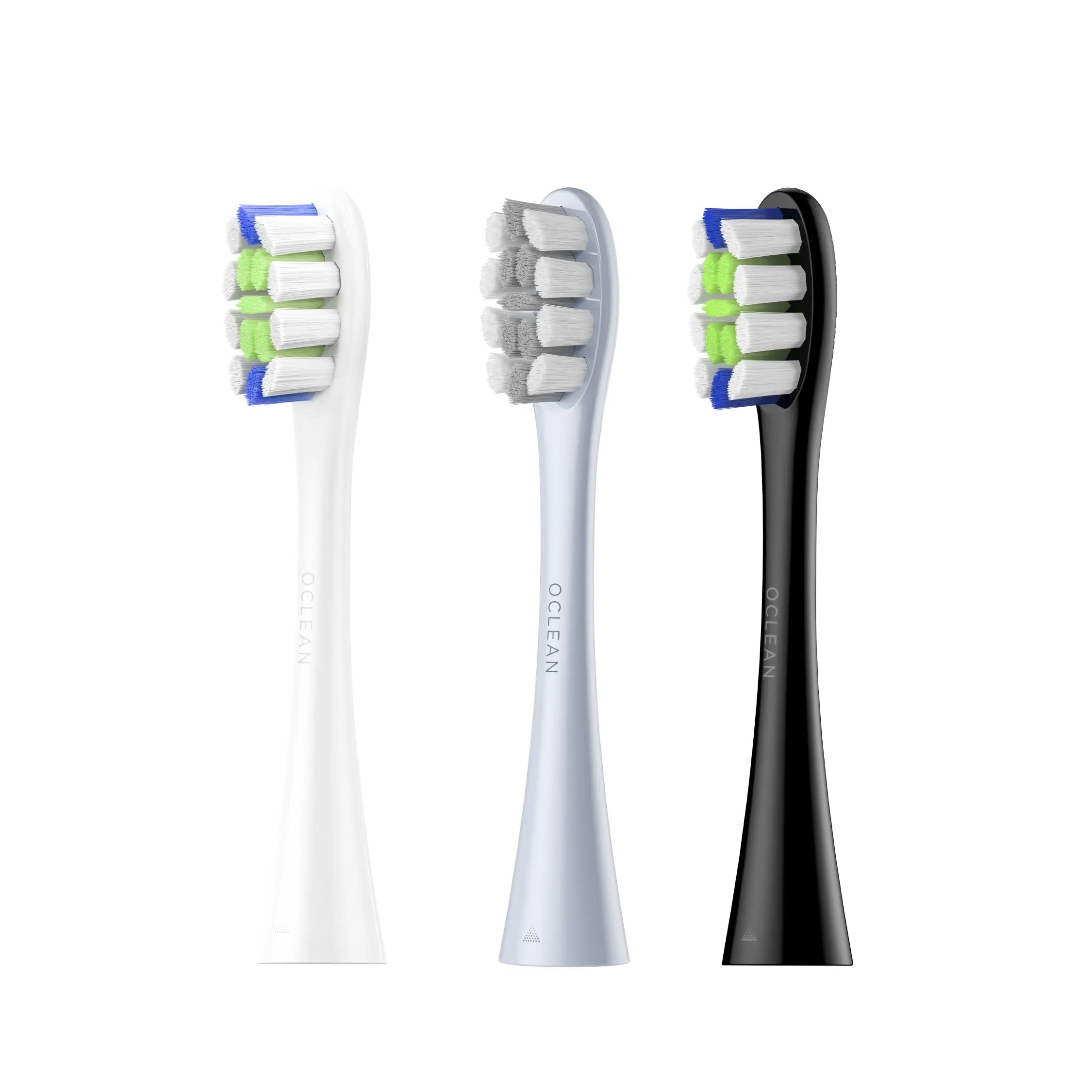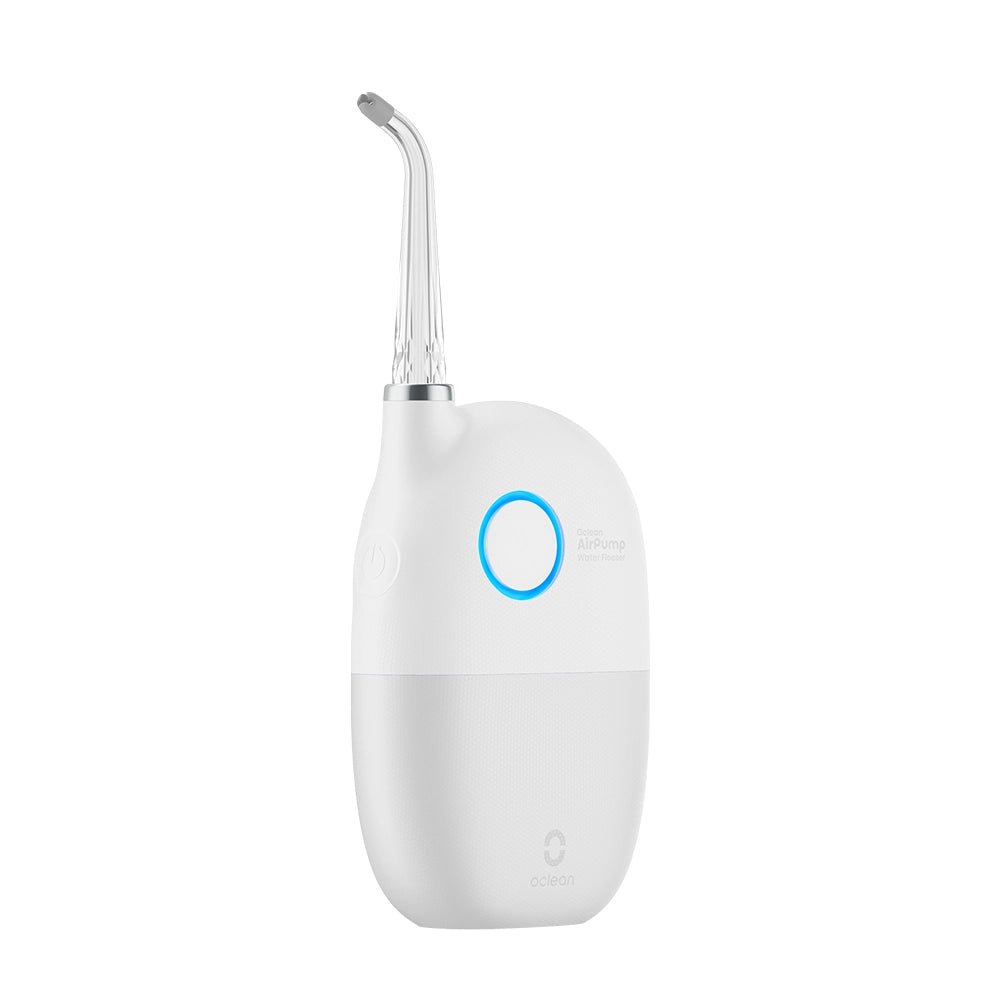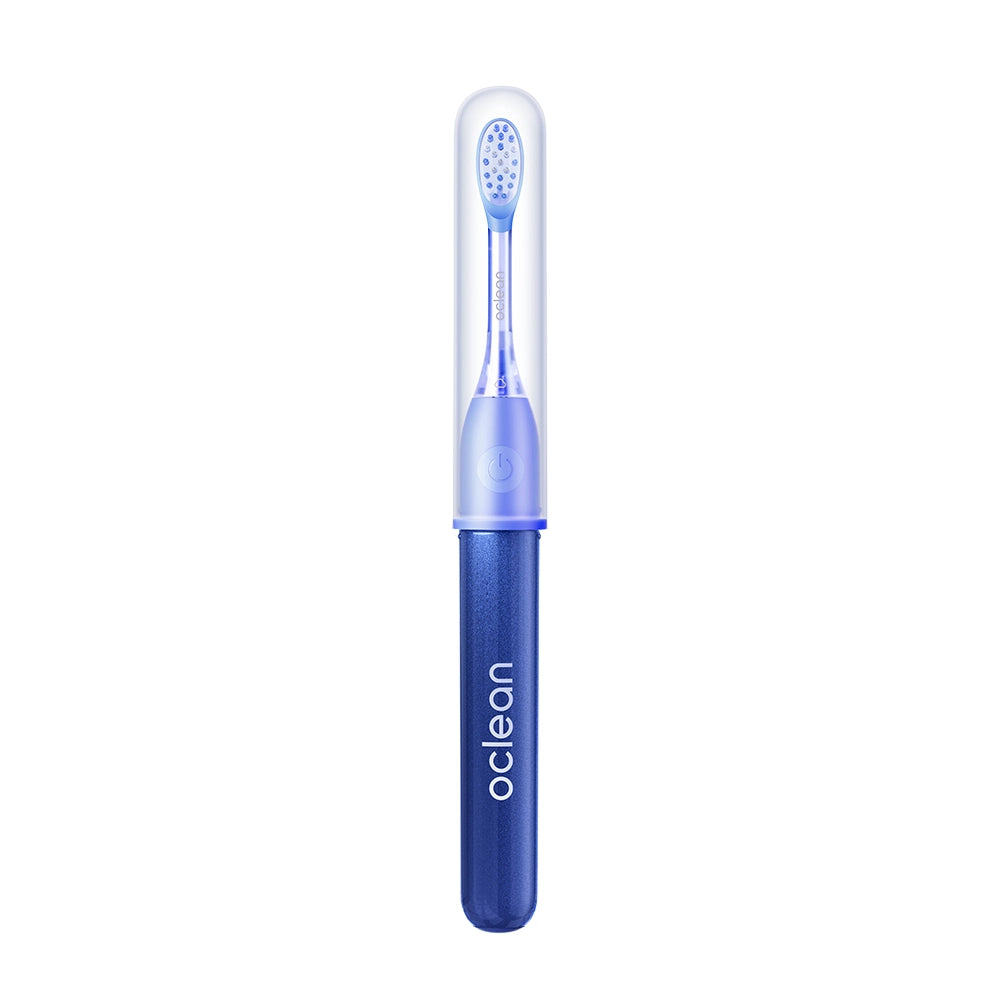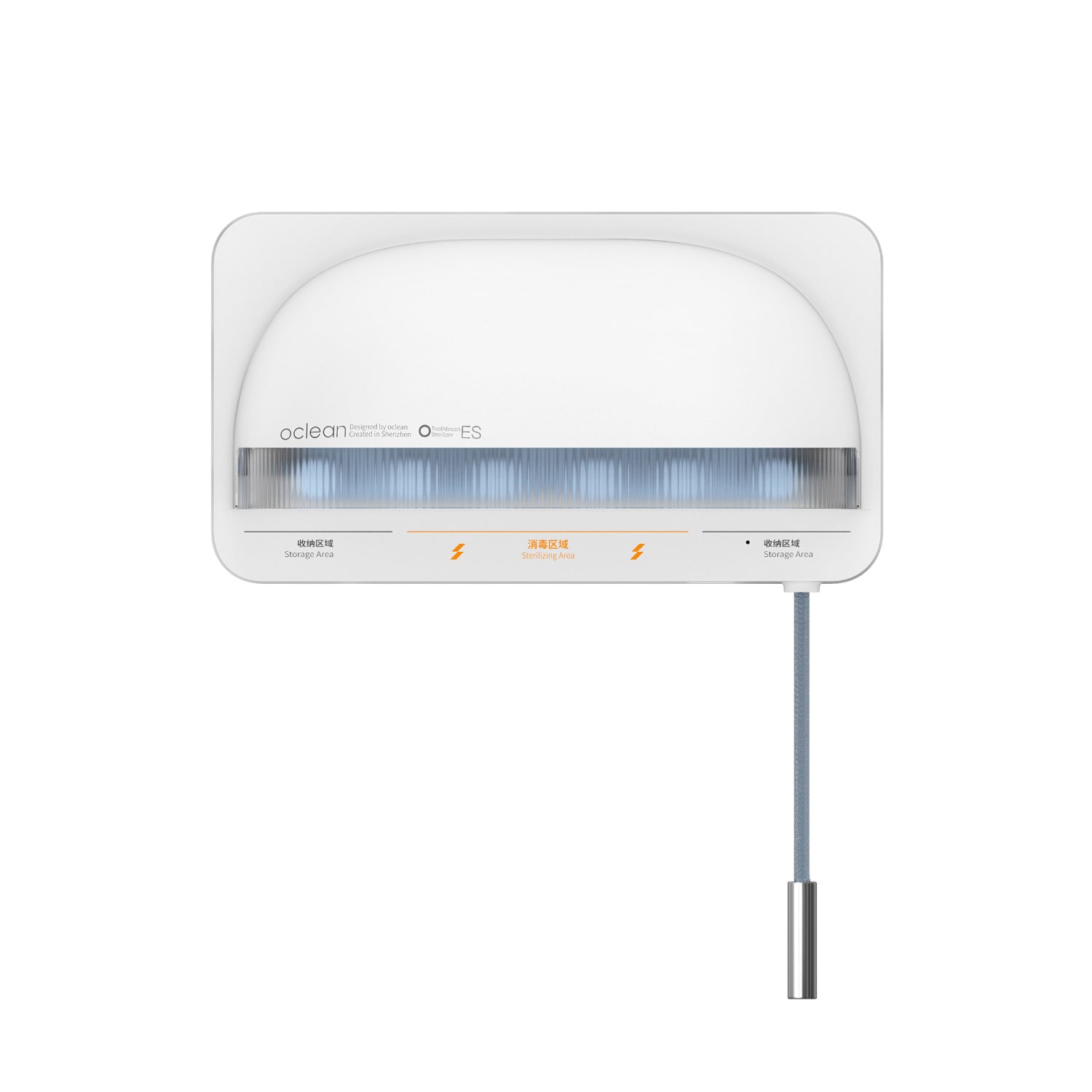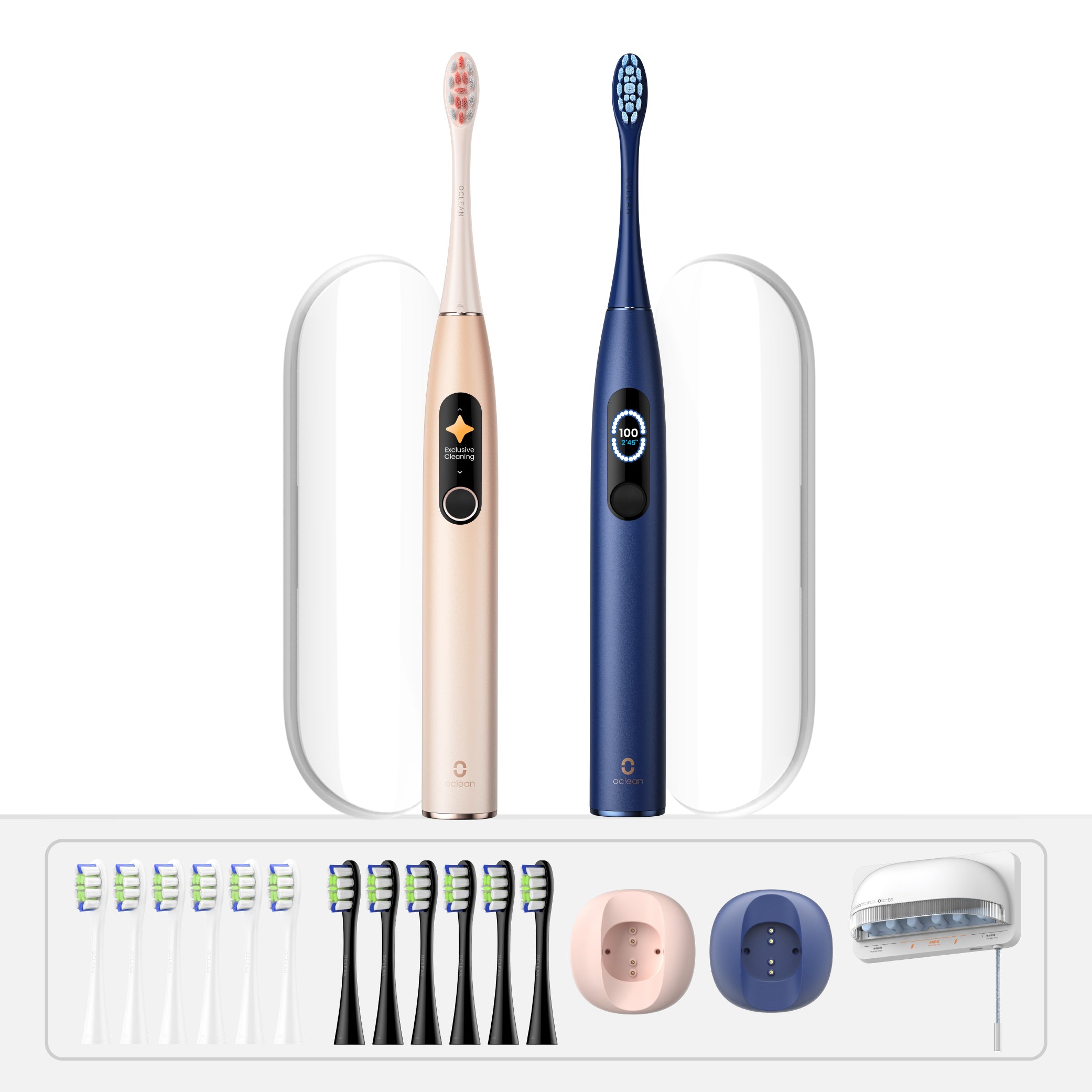Introduction:
Ensuring good oral hygiene is a universal concern, and a key aspect of this is maintaining a clean toothbrush. A common query arises: can hydrogen peroxide be used globally to disinfect toothbrushes? This question is especially relevant for users of sonic electric toothbrushes, where maintaining brush hygiene is essential for effective oral care.
Why Do You Need to Clean Your Toothbrush?
Your toothbrush is your front-line defense against food debris, bacteria, and plaque — but when was the last time you thought about cleaning it? Many people rinse their toothbrush under water after brushing and call it a day, but that is definitely not enough.
With frequent brushing, your toothbrush can become encrusted with germs from your mouth, bathroom environments, and even the air. If you do not clean it adequately, you are likely to be reintroducing bacteria into your mouth with each brush.
In normal conditions, it won’t harm you but can be risky if you are ill or have a weak immune system. A dirty toothbrush can be risky either way. By cleaning it of debris and buildup, you can keep the bristles of your toothbrush healthier—so every time you brush, you have a cleaner and fresher mouth.
Why Disinfecting Your Toothbrush Matters Worldwide:
After every use, toothbrush bristles are exposed to bacteria and germs. While water rinsing removes surface debris, it doesn't eliminate bacteria. This is where hydrogen peroxide comes into play.
How to Clean Your Toothbrush
Maintaining your toothbrush clean is simple but vital. Let's outline some easy steps to disinfect it between uses:
1. Rinse with Hot Water (before and after every usage)
The simplest way to clean your toothbrush is to rinse it with hot water. Before brushing and also afterward, do so. Hot water cleans off bacteria and left-over toothpaste that may settle on the bristles. [1]
How to do it
- Before brushing, run hot water over the brush head for a few seconds. Make sure the water is warm enough to produce steam, but not too hot to actually damage the bristles.
- After brushing, rinse it again to wash off saliva, toothpaste, and food particles.
This basic habit helps keep daily bacteria buildup under control.
2. Soak in Antibacterial Mouthwash (Occasionally)
To clean it more thoroughly, soak the toothbrush head in antibacterial mouthwash. It is better at eliminating germs than water.
How to do it
- Fill a clean cup with a small amount of mouthwash.
- Soak the toothbrush head in the solution with the bristles down.
- Let it soak for 1-2 minutes.
- Rinse with water thoroughly before using it again.
- Don't soak it too often because mouthwash with alcohol may wear down the bristles faster.
3. Use Denture Cleanser
Not only are denture cleaners for dentures — they also work for toothbrushes! [2]
How to use
- Add half of one denture tablet to warm water in a cup.
- Insert your toothbrush head into the solution.
- Let it soak for 90 seconds to 2 minutes.
- Rinse with water thoroughly afterwards.
Use a fresh solution only — never reuse the cleanser for dentures.
Hydrogen Peroxide: A Globally Recognized Disinfectant:
Known for its disinfecting properties, hydrogen peroxide offers a safe and accessible way to ensure your toothbrush is free from harmful bacteria. This is crucial for high-tech toothbrushes, including global favorites like Oclean's electric toothbrushes.
Can You Clean Your Toothbrush with Hydrogen Peroxide?
Yes, you can. Hydrogen peroxide is safe and effective for cleaning your toothbrush. Researchers have determined that soaking your toothbrush in 3% hydrogen peroxide can kill bacteria that build up on the bristles. [3] It is simple and cost-effective to do — especially if you need something stronger than water or mouthwash.
How to Clean Toothbrush With Hydrogen Peroxide
Hydrogen peroxide is one of the simplest and best ways to disinfect your toothbrush. It not only kills bacteria but also makes your brush fresh.
Here is how to clean a toothbrush with hydrogen peroxide:
1. Rinse Your Toothbrush Beforehand
Rinse the toothbrush with hot running water to remove any toothpaste and debris left behind.
2. Make the Solution
Mix 3% hydrogen peroxide with water in equal ratios (1:1 ratio). That makes it strong enough to kill germs but not too severe for your brush.
3. Soak in Hydrogen Peroxide
Insert the brush head into the solution. Make sure the bristles are totally covered. Let it soak for 3-5 minutes. That should be sufficient to disinfect the bristles.
4. Rinse with Water Again
Rinse the toothbrush with warm water after soaking. This removes any remaining hydrogen peroxide.
5. Let it Air Dry
Shake off any excess water and keep your toothbrush in an open location where it can dry completely. Don't store it in covered containers as they retain water and encourage bacteria growth.
How Often Should You Do This?
To achieve the best result, clean your toothbrush with hydrogen peroxide every week.
You can do it every few days or whenever your brush is dirty. It’s especially useful when you’ve been unwell or if you keep your brush in a shared area.
Hydrogen peroxide is strong but gentle enough for everyday use — but be sure to rinse it off before brushing!
How Long Should I Soak My Toothbrush in Hydrogen Peroxide?
Soaking your toothbrush in hydrogen peroxide is quick and simple to destroy germs. But how long is long enough? The sweet spot is 3 to 5 minutes. That is sufficient time for the hydrogen peroxide to act. It aids in removing bacteria that are hidden in the bristles.
You shouldn't soak it for longer than that. Others soak it overnight — but that wears down the bristles quicker and makes your toothbrush less effective.
Why Use Hydrogen Peroxide to Disinfect Your Toothbrush?
Hydrogen peroxide is one of the most effective cleaning solutions you can put on your toothbrush — and here's why:
- It is not pricey and widely accessible. It is available for purchase at any grocery store or drugstore.
- It rapidly kills germs. It is effective against bacteria and even fungi.
- It's safe to use if you do it properly. Don't soak your brush for too long and make sure you dilute it with water.
In contrast to bleach or strong disinfectants, hydrogen peroxide is gentle enough for daily usage. And it’s already being used in many dental products.
So if you are looking for a simple way to keep your toothbrush clean, hydrogen peroxide is one of the best options.
Advantages of Using Hydrogen Peroxide Worldwide:
- Effectiveness: Kills bacteria effectively.
- Accessibility: Easily available and affordable on a global scale.
- Safety: Safe for use on toothbrushes, including advanced sonic toothbrushes.
Do You Need to Boil Your Toothbrush?
No, you shouldn't boil your toothbrush to clean it. Boiling water can also ruin the bristles and melt the plastic handle.
If you would like to continue using hot water, here is a safer way:
- Boil water in a kettle or pot.
- Turn off the heat.
- Soak your toothbrush in hot water for 30 seconds.
- Let it cool down before it is reused.
How to Keep a Toothbrush Clean
Keeping your toothbrush clean is as important as brushing your teeth. This is how you should do it:
1. Rinse with Hot Water
Rinse your toothbrush with hot running water before and after brushing. It cleanses your toothbrush of toothpaste, food particles, and bacteria.
Rub the bristles with your thumb while rinsing.
Rinse with hot water and rinse with cold water again to keep the bristles firm.
2. Let it Air Dry
A damp toothbrush can become bacteria-ridden or even develop mold. Let it dry thoroughly.
Shake off any excess water after rinsing.
Keep it upright in a well-ventilated area and not in a sealed container.
If you have a toothbrush cover, make sure your toothbrush is dry before covering it.
3. Store Toothbrushes Separately
When toothbrushes are kept in groups, bacteria are transmitted from toothbrush to toothbrush. [4]
Space the toothbrushes at least a few inches apart.
Don't store them bristle-to-bristle in the same holder.
4. Keep It Away from the Toilet
Flushing the toilet releases bacteria into the air as a toilet plume. It can deposit on your toothbrush.
Store your toothbrush in a cabinet or as far away from the toilet as possible.
If the holder is being used, cover it but ensure proper ventilation.
5. Clean your Toothbrush Holder and Cover
Your toothbrush holder also collects bacteria with time.
Clean it with soap and water every 2 weeks.
When using a toothbrush cover, ensure that your brush is dry before covering it.
By following the following simple steps, you’ll keep your toothbrush clean, fresh, and free of harmful bacteria.
How to Clean an Electric Toothbrush
Electric toothbrushes need special care to stay clean and work properly. This is the way to keep yours in top condition:
1. Rinse After Each Use
Rinse bristles with hot water before and after brushing.
Shake off any surplus water to avoid the buildup of bacteria or mold.
2. Deep Cleaning Once a Week
Soak the brush head in hydrogen peroxide or antibacterial mouthwash for 5-10 minutes.
Rinse with water completely before reuse.
3. Wipe Down the Handle
Clean the handle with a damp cloth or antibacterial wipe.
Prevent water from entering the charging port or base.
4. Replace the Brush Head Regularly
Change the brush head every 3 months (sooner if the bristles become frayed).
A worn-out brush head does not clean as effectively as it should.
5. Store it Properly
Stand your electric toothbrush upright in a well-ventilated area.
When storing with a travel case, make sure the brush head is dry.
How Long Can You Keep a Toothbrush?
Most dentists recommend replacing your toothbrush every 3 to 4 months. With time, the bristles become weak and less effective.
You should also replace your toothbrush if:
- The bristles are frayed or bent
- There is an accumulation or staining
- You've been sick. [5]
- Someone else has already used it.
An old toothbrush may lower cleaning effectiveness and even spread germs. A cleaner, smarter way to brush is with the Oclean X Pro Sonic Toothbrush. It's built-in smart display offers you real-time brushing technique feedback so you can brush better with every brush.
The Diamond and W-shaped bristles of the DuPont penetrate deep into the interdental spaces and down the gum for effective cleaning for healthier gums and a shining smile. Cleaning your toothbrush periodically keeps it in the best condition so you receive the best from it with every brush.
Exploring Global Toothbrush Disinfection Alternatives:
Various products worldwide allow for effortless toothbrush disinfection, such as mouthwash and UV toothbrush sanitizers.
Oclean S1 Toothbrush UVC Sanitizer: A Global Solution:
For the best global UV toothbrush sanitizer, Oclean's design is recommended. Its powerful UV light ensures a clean toothbrush every time it's used. Oclean also provides excellent smart toothbrushes and water flossers for comprehensive global oral care.
Ensuring Optimal Toothbrush Care Globally:
While hydrogen peroxide is effective, it's essential to regularly replace toothbrush heads globally. Explore Oclean's brush head refills to guarantee a fresh and effective brush head for users worldwide.
Conclusion: A Worldwide Commitment to Oral Health:
Utilizing hydrogen peroxide for toothbrush disinfection offers a straightforward and efficient way to enhance oral hygiene globally. This is especially beneficial for users of advanced toothbrushes worldwide. For more tips on maintaining your electric toothbrush on a global scale, visit our international blog.
Reference
-
Tan, Sharlene. “How to Clean Your Toothbrush.” WebMD, 8 Apr. 2022, www.webmd.com/oral-health/how-to-clean-toothbrush.
-
Watson, Kathryn. “How to Clean a Toothbrush and When to Replace It.” Healthline, 25 June 2020, www.healthline.com/health/dental-and-oral-health/how-to-clean-toothbrush#best-way-to-keep-toothbrush-clean.
-
Nuvvula, Sivakumar, et al. “Efficacy of Various Disinfectants on Microbially Contaminated Toothbrushes due to Brushing.” Contemporary Clinical Dentistry, vol. 2, no. 4, 2011, p. 302, www.ncbi.nlm.nih.gov/pmc/articles/PMC3276857/, https://doi.org/10.4103/0976-237x.91793.
-
Bélanger-Giguère, Kim, et al. “Disinfection of Toothbrushes Contaminated with Streptococcus Mutans.” American Journal of Dentistry, vol. 24, no. 3, June 2011, pp. 155–8, pubmed.ncbi.nlm.nih.gov/21874935/.
-
Clinic, Cleveland. “How to Clean Your Toothbrush.” Cleveland Clinic, 24 June 2022, health.clevelandclinic.org/wash-it-soak-it-pitch-it-4-tips-for-a-clean-toothbrush.
Table of Contents
